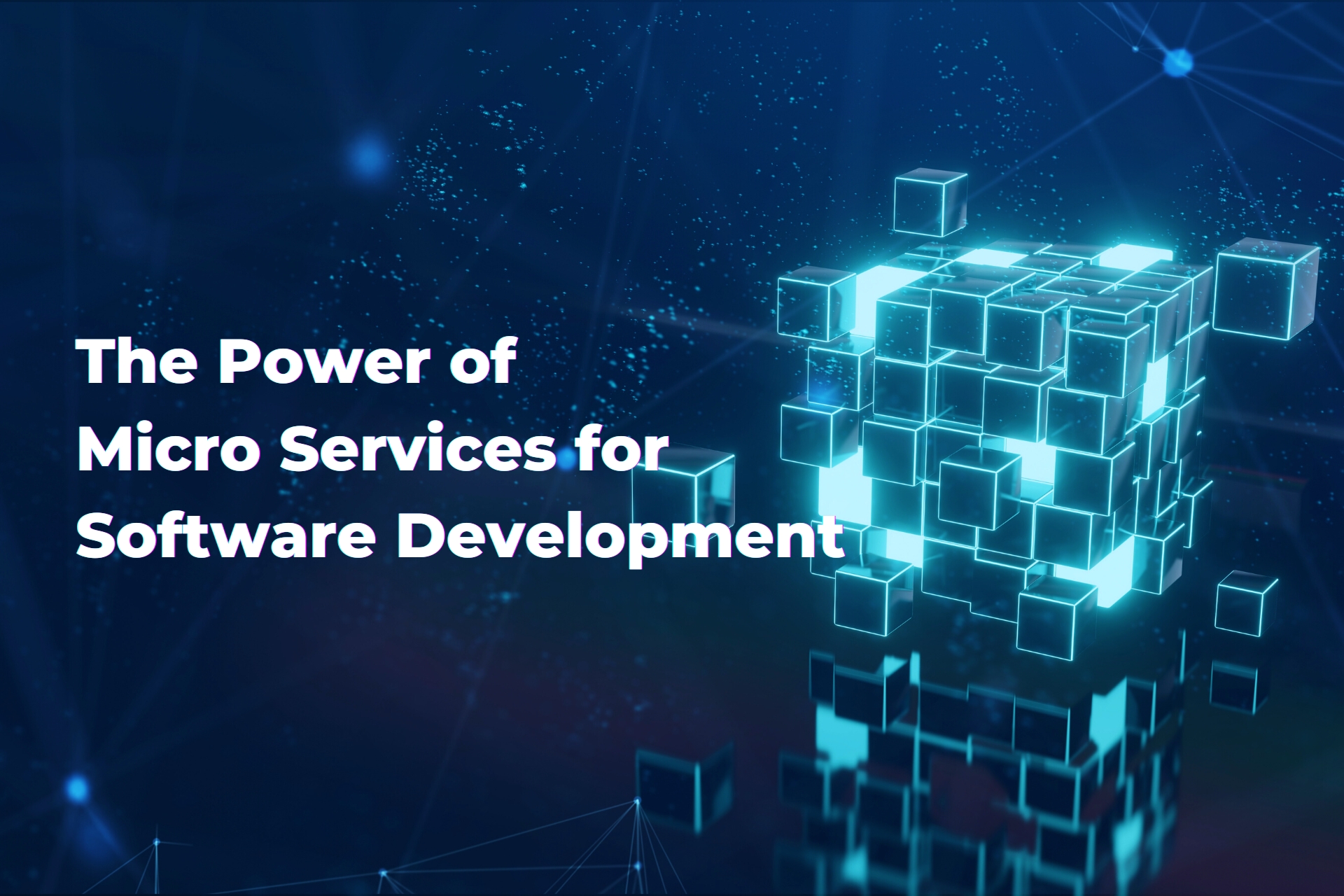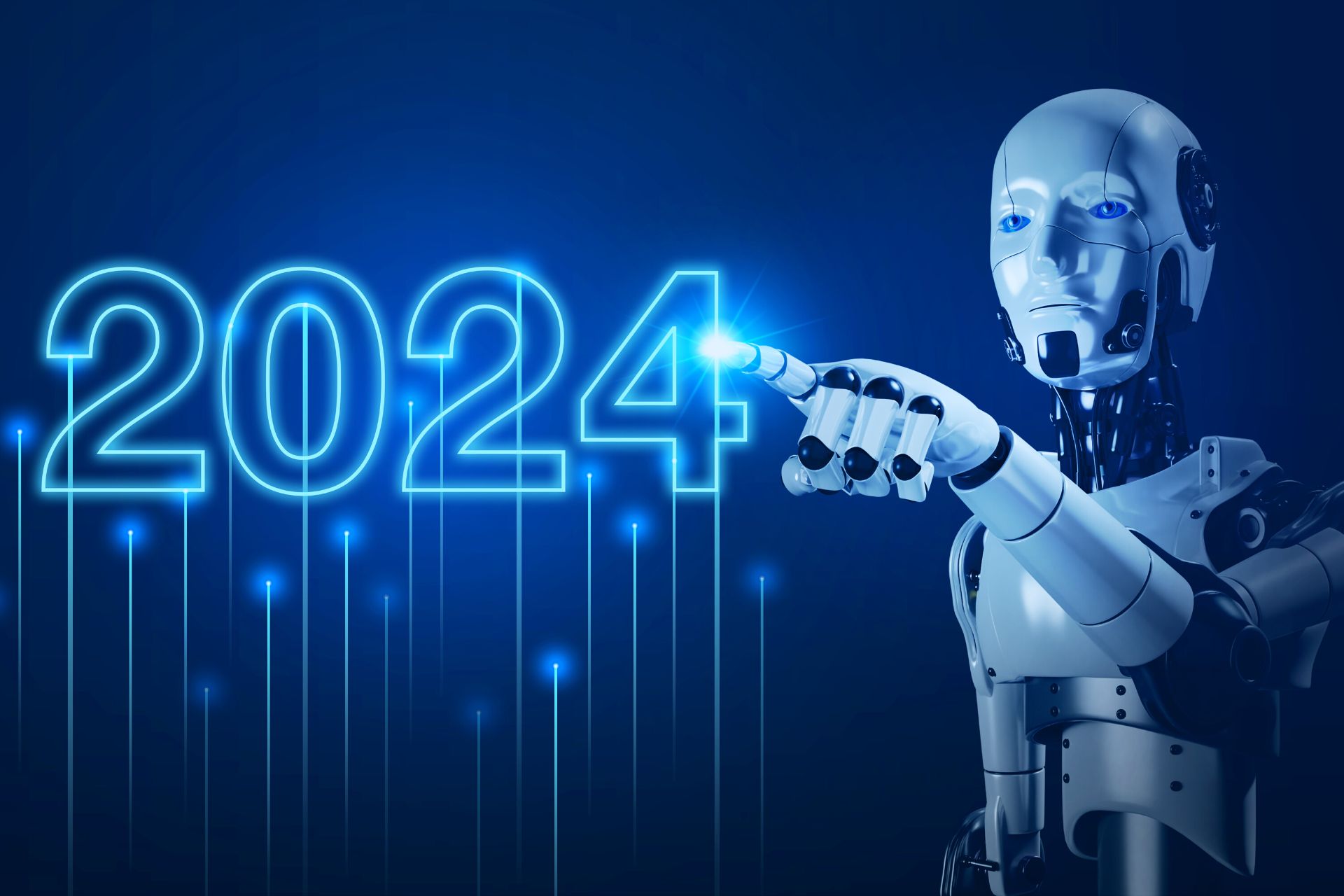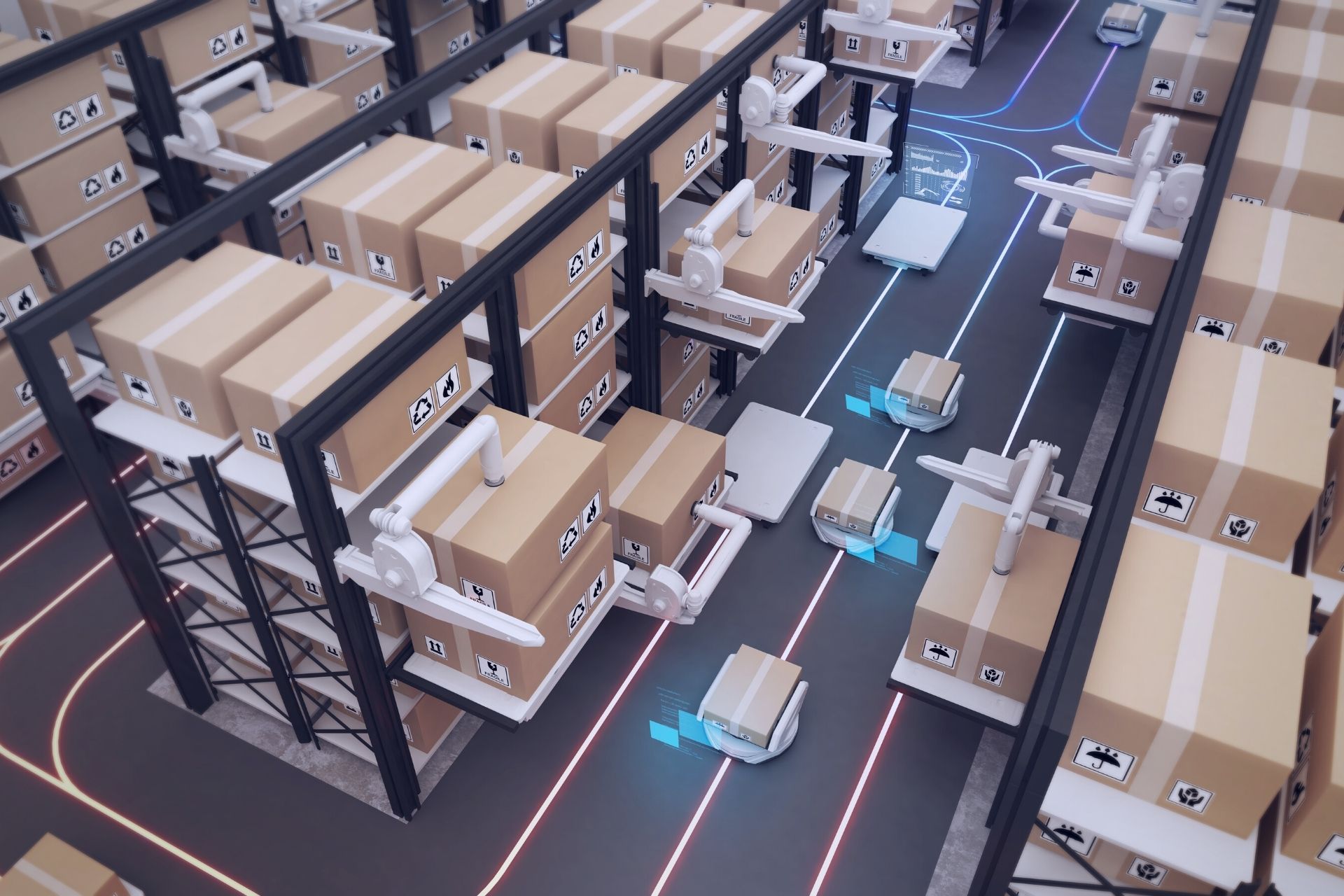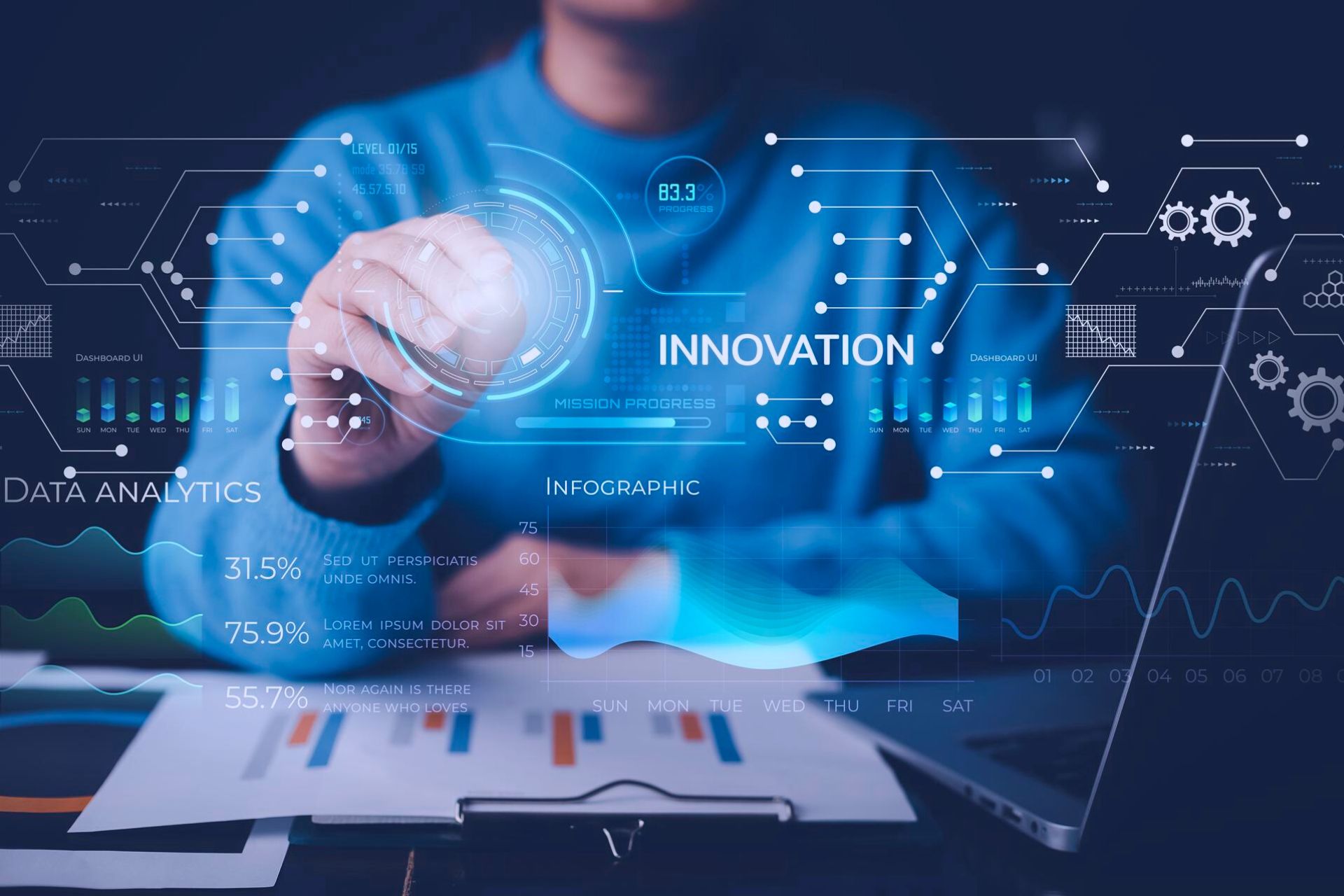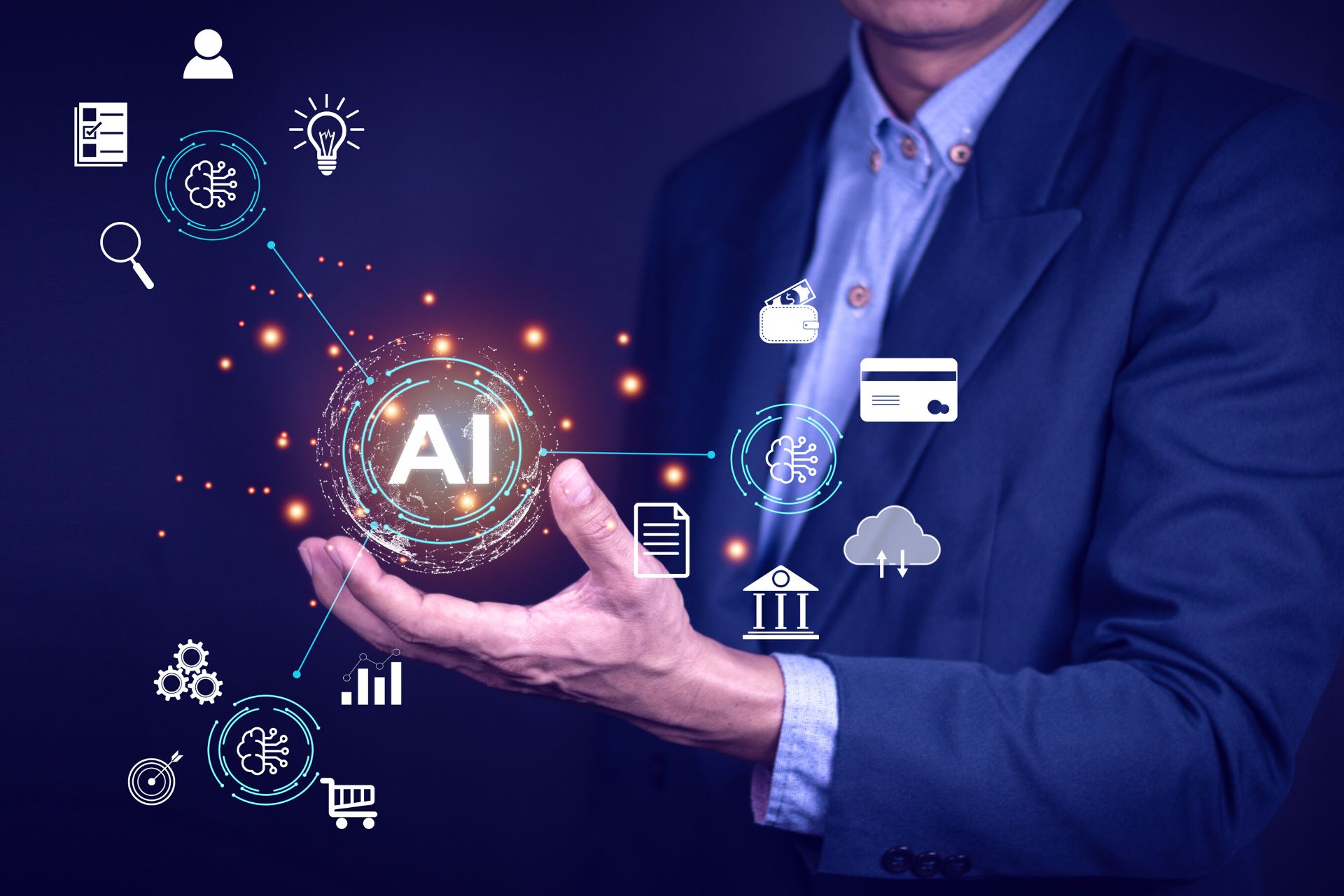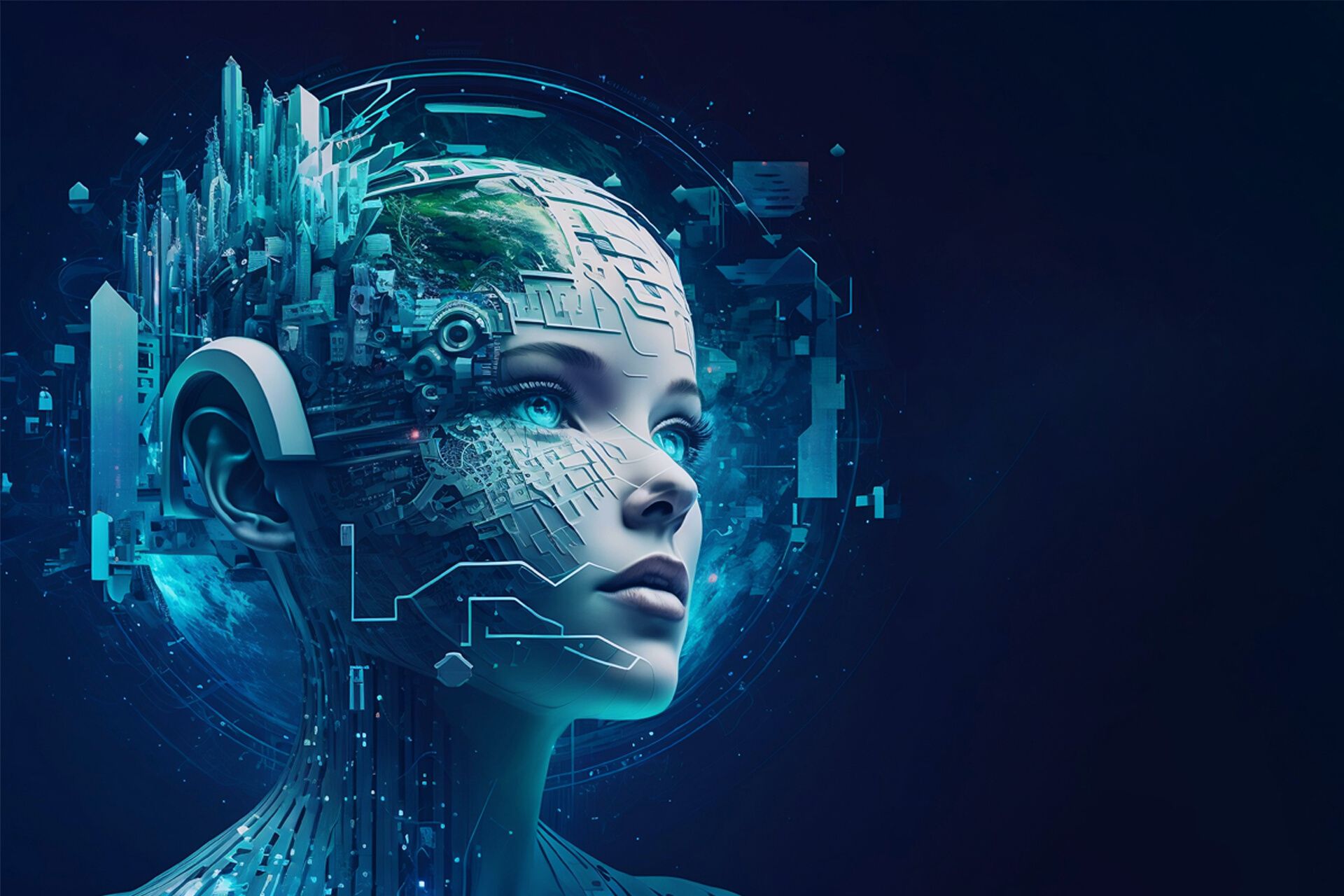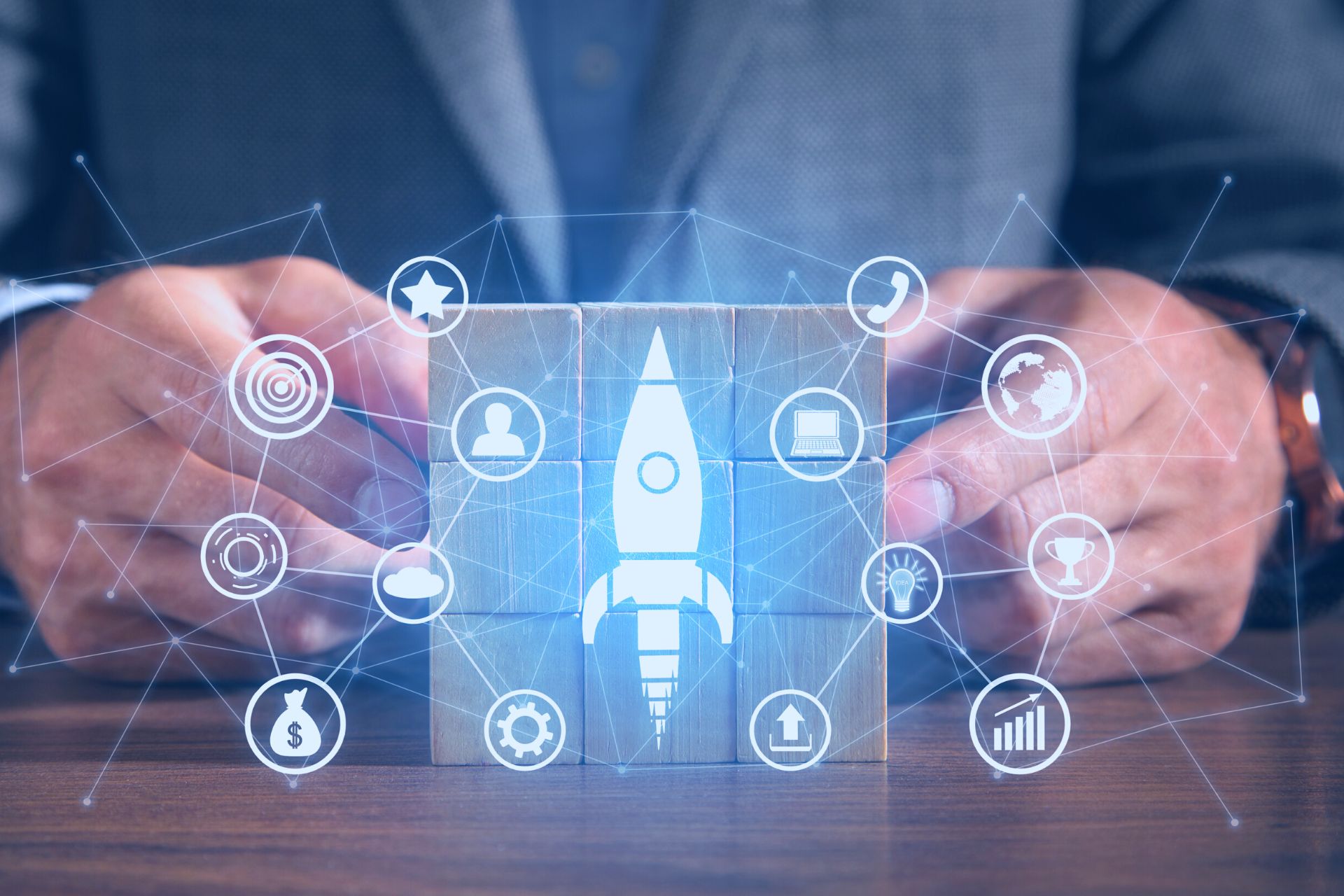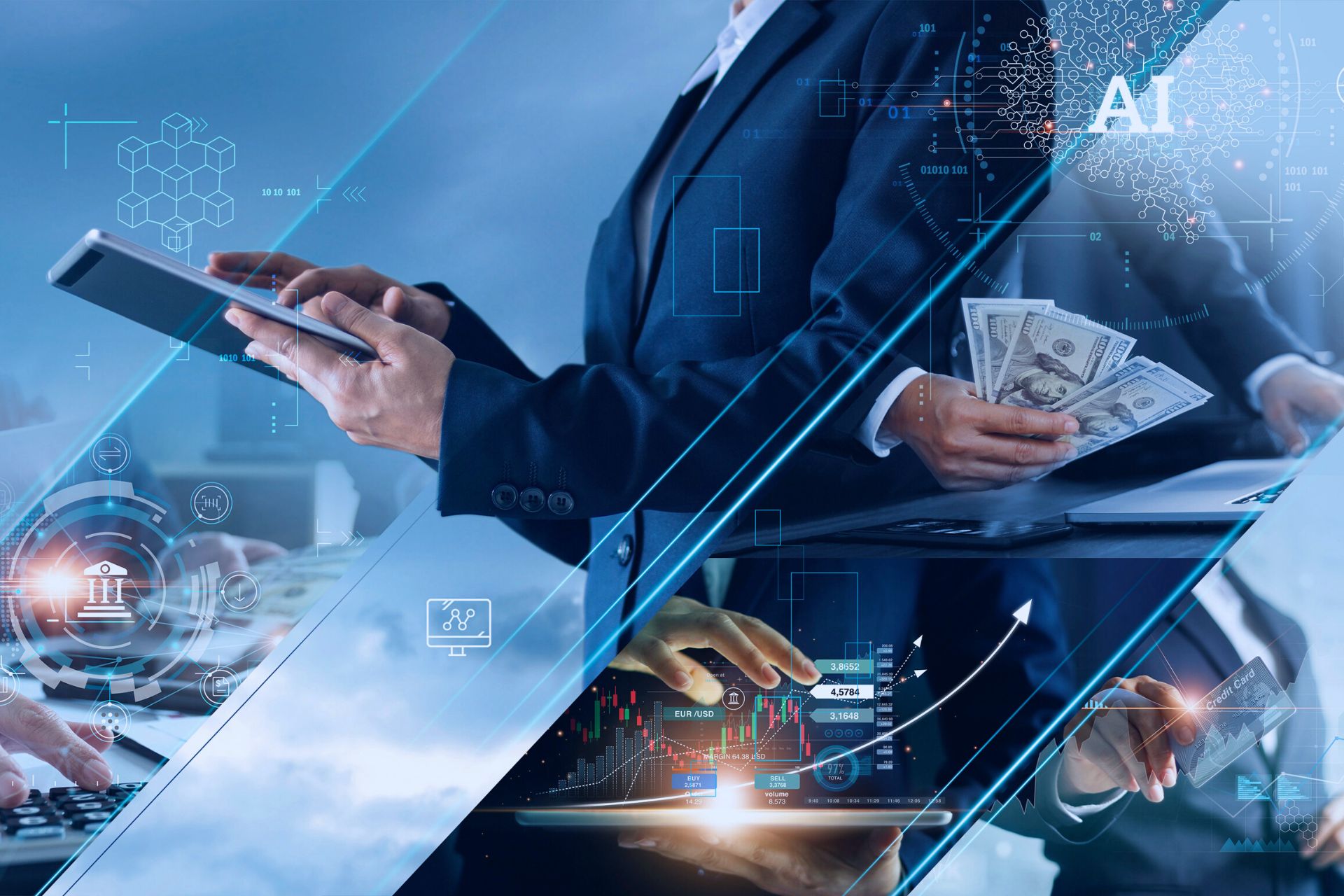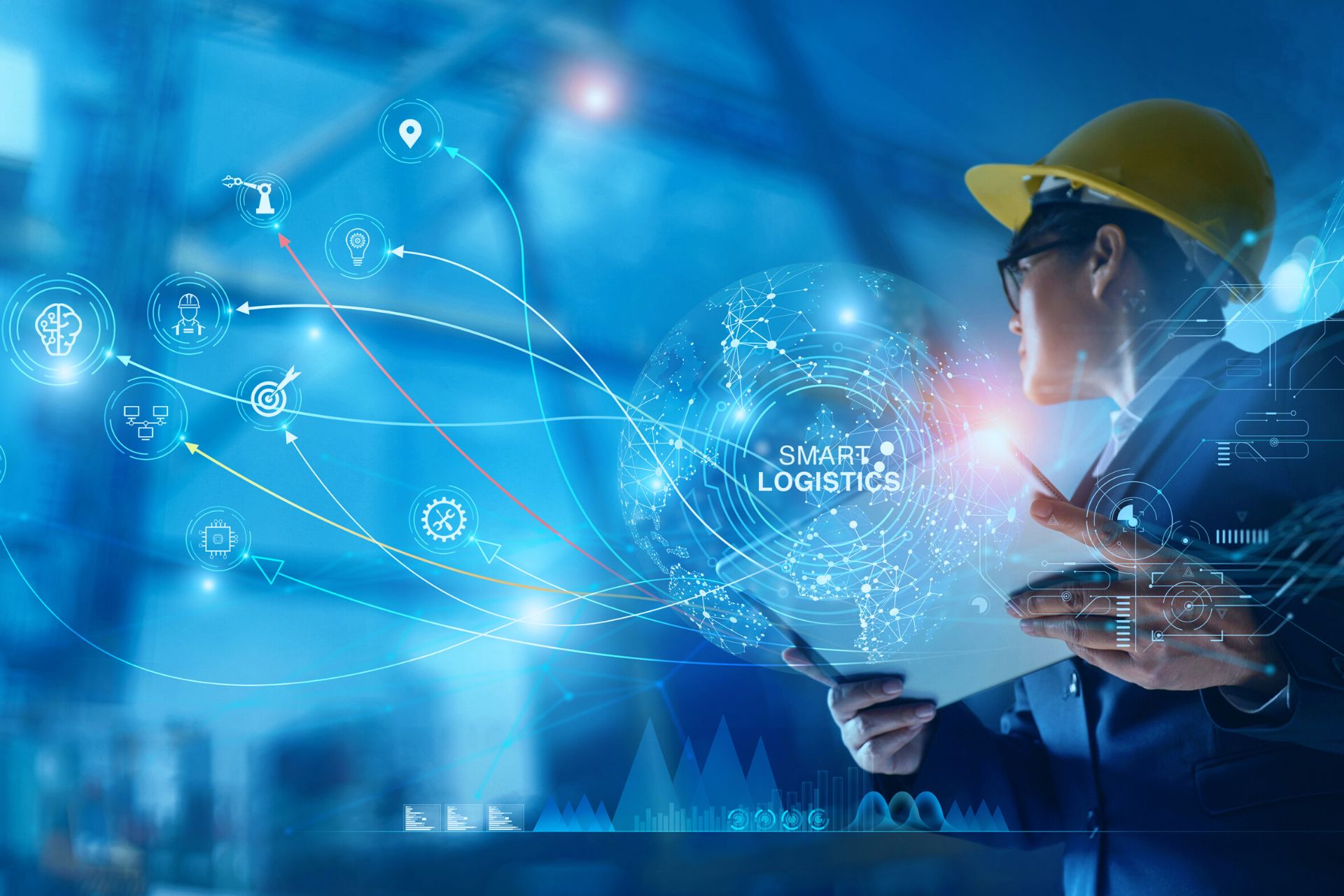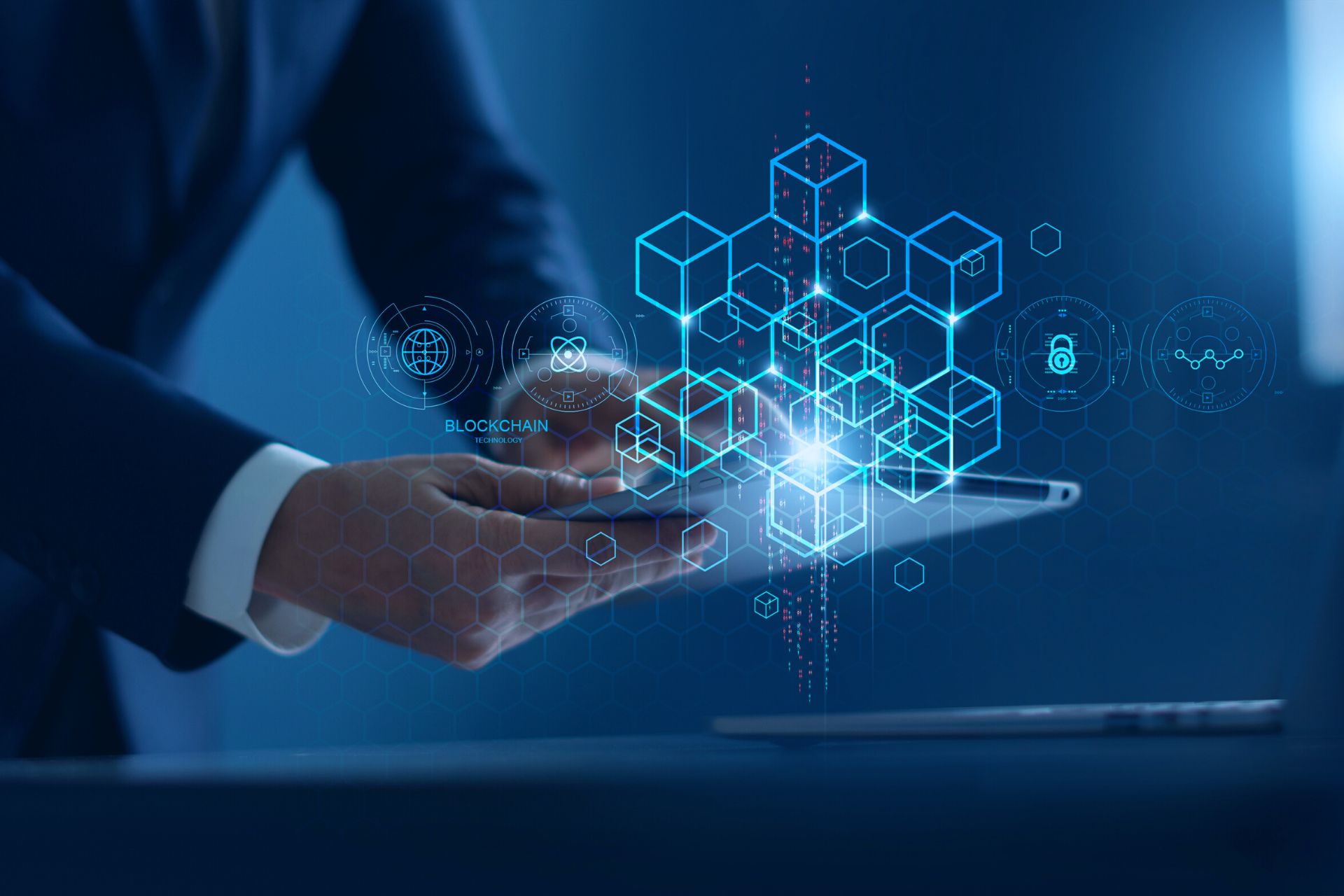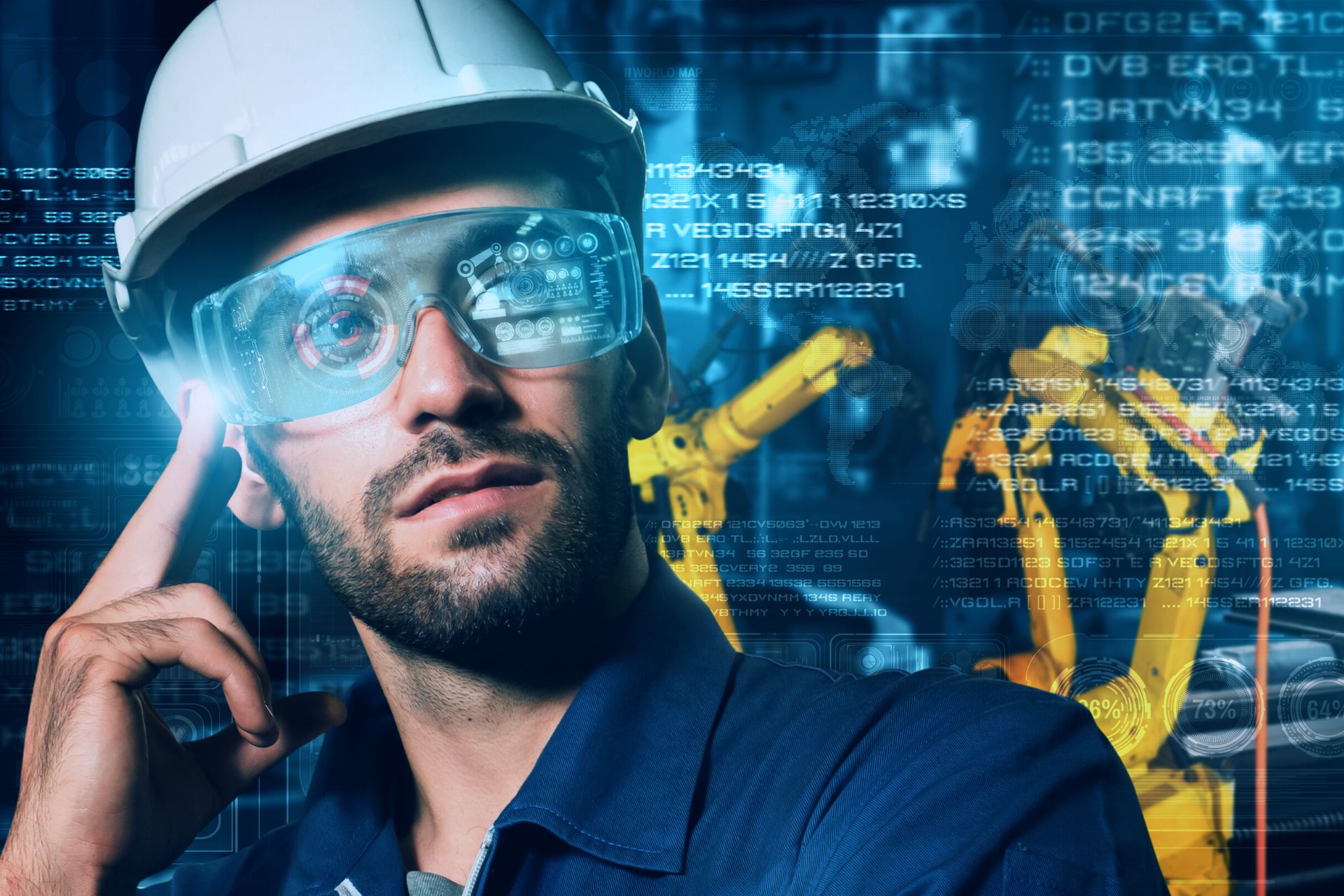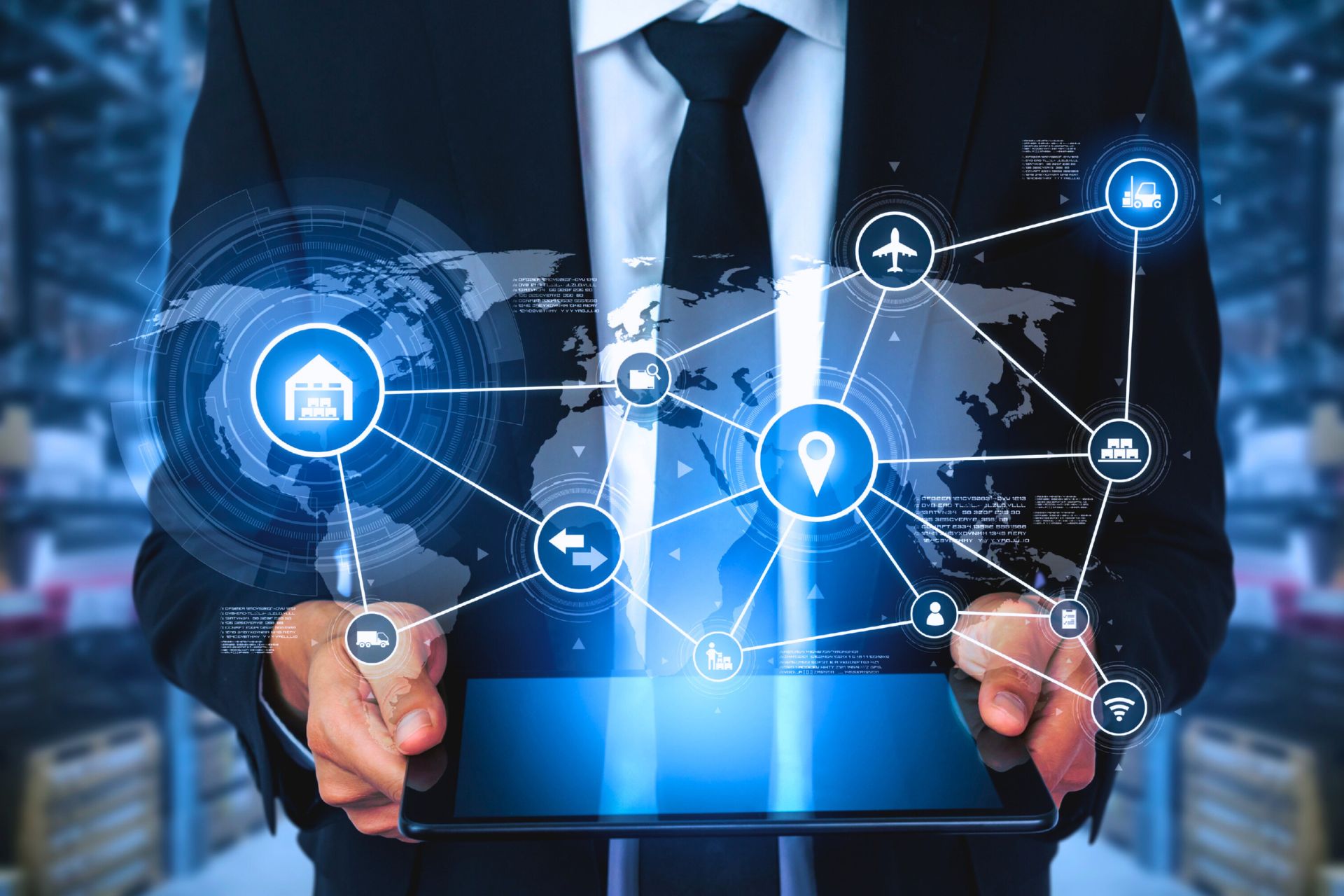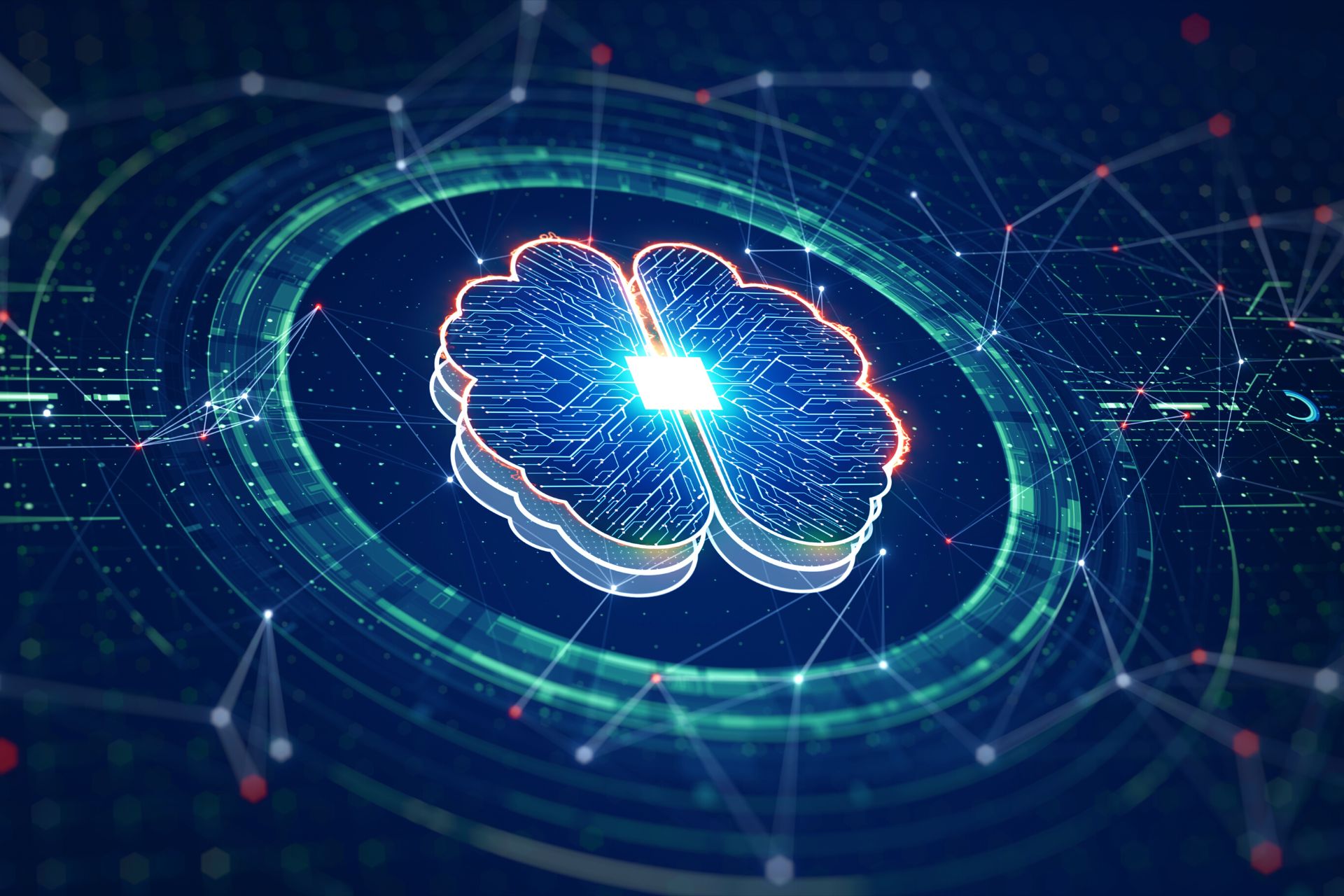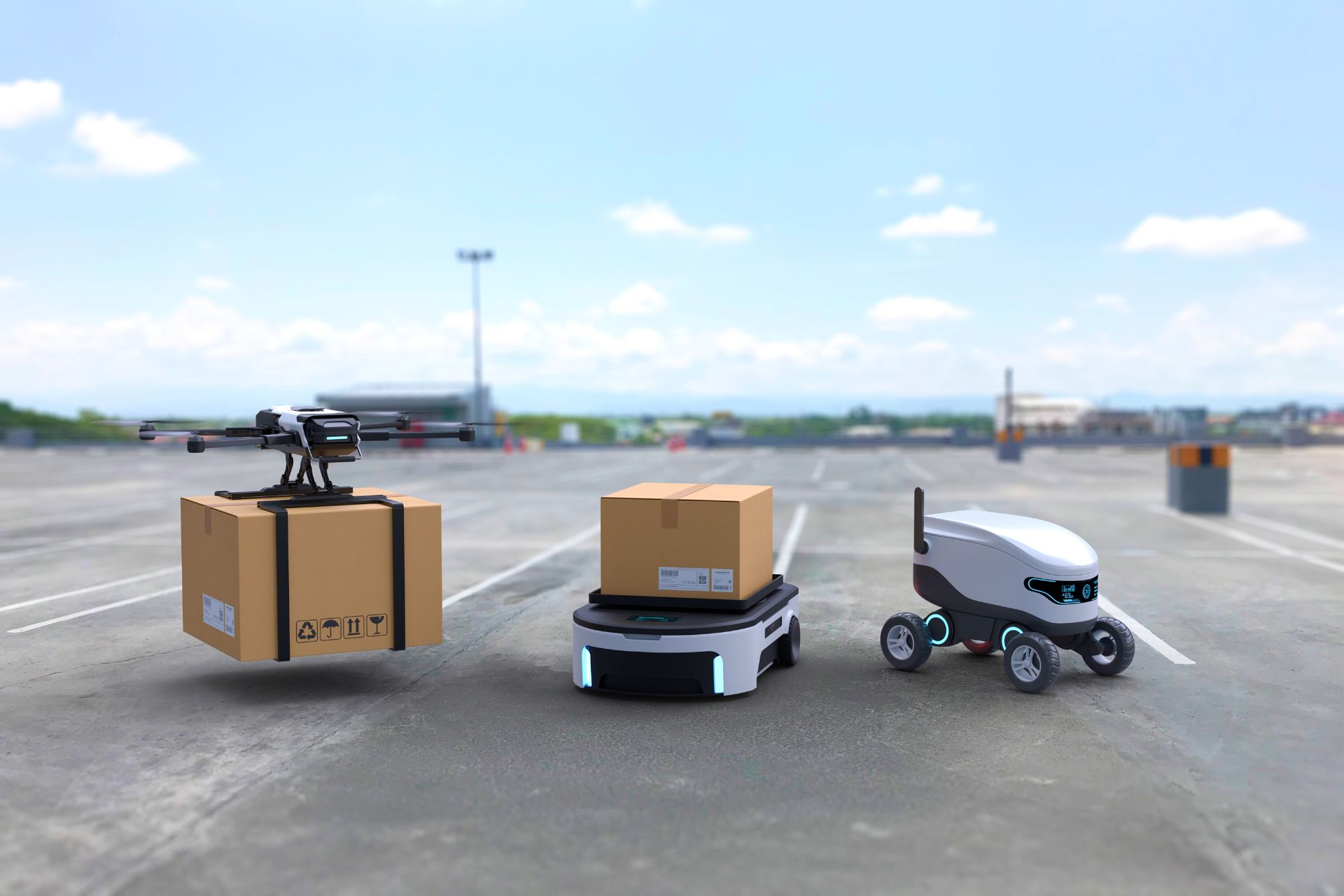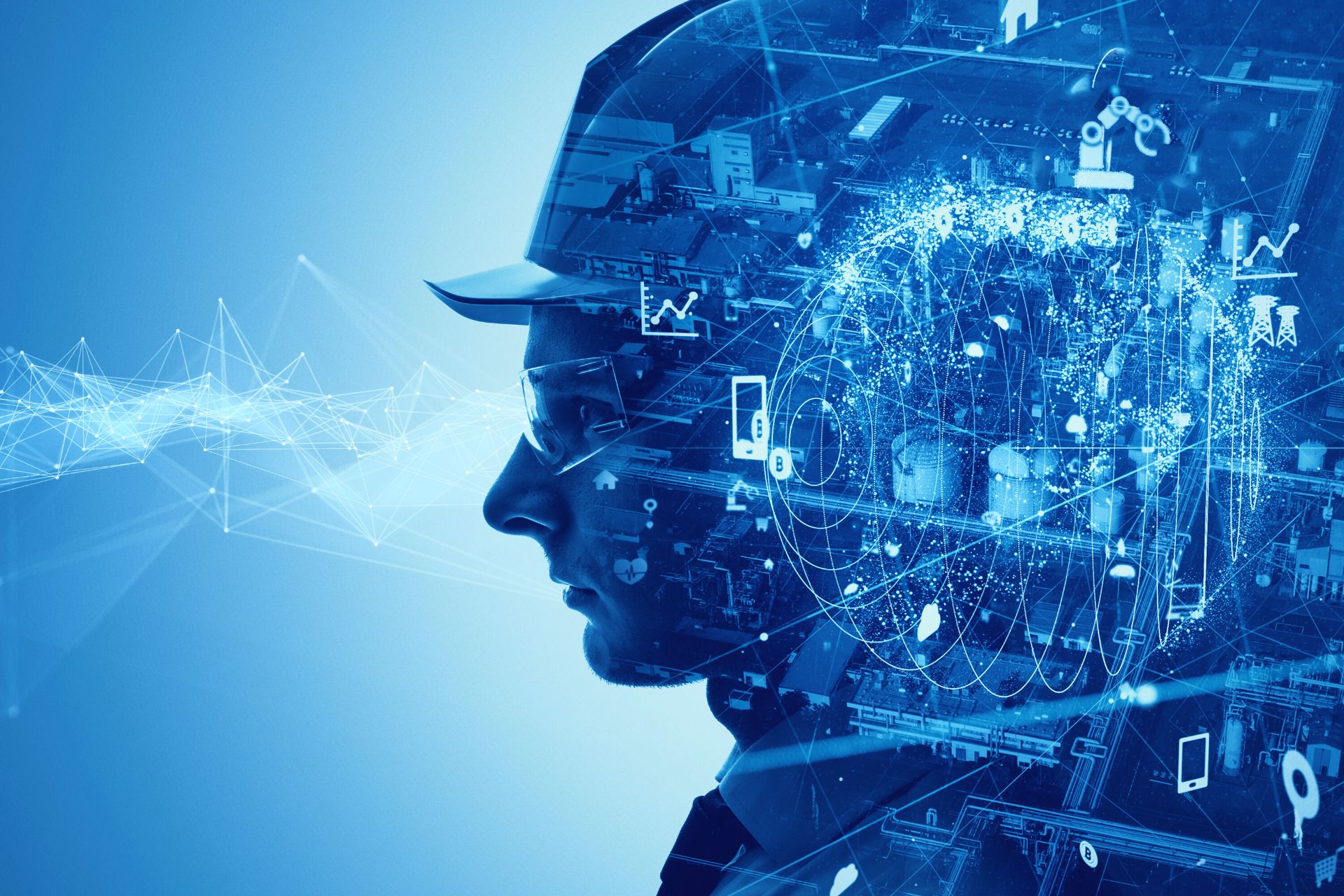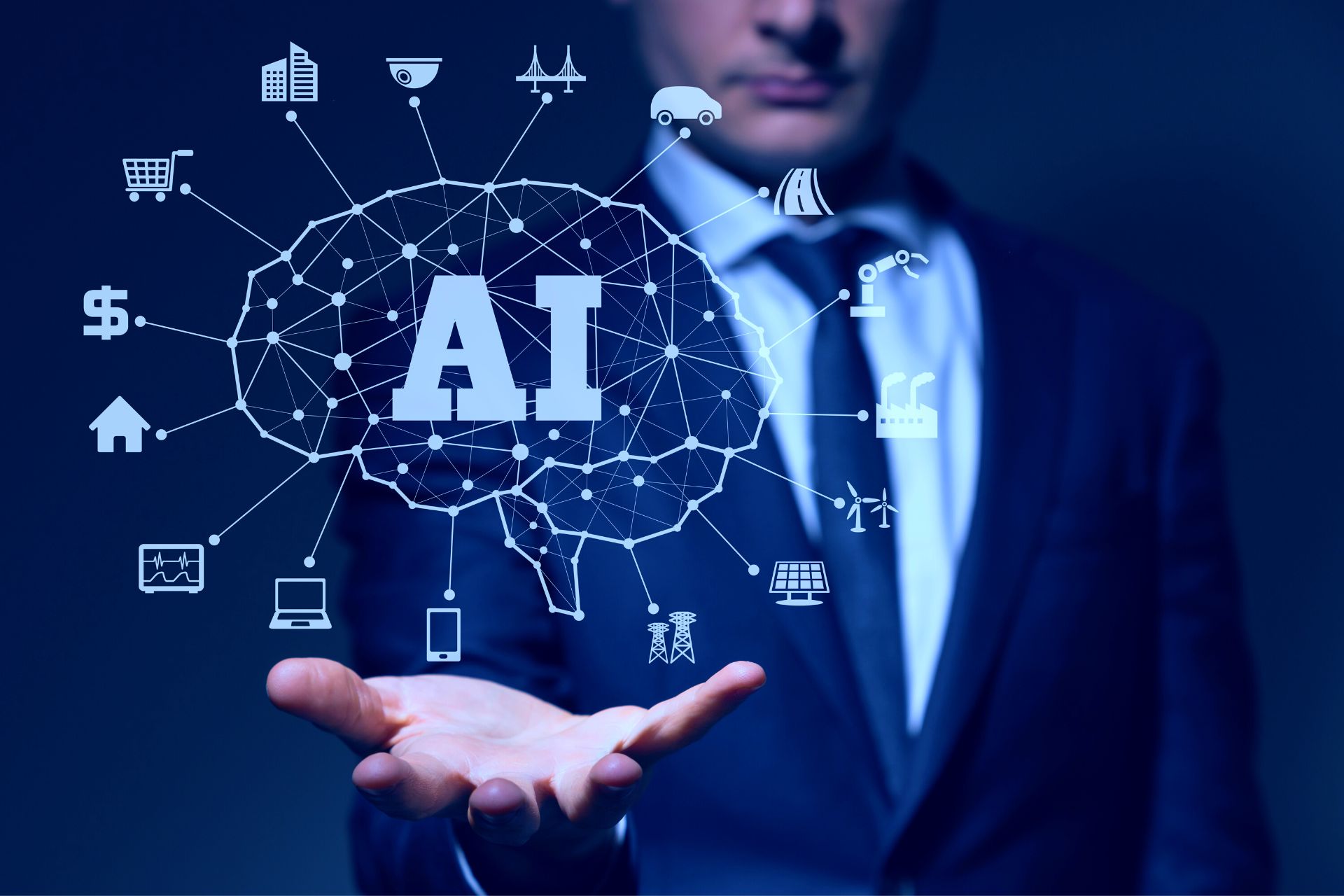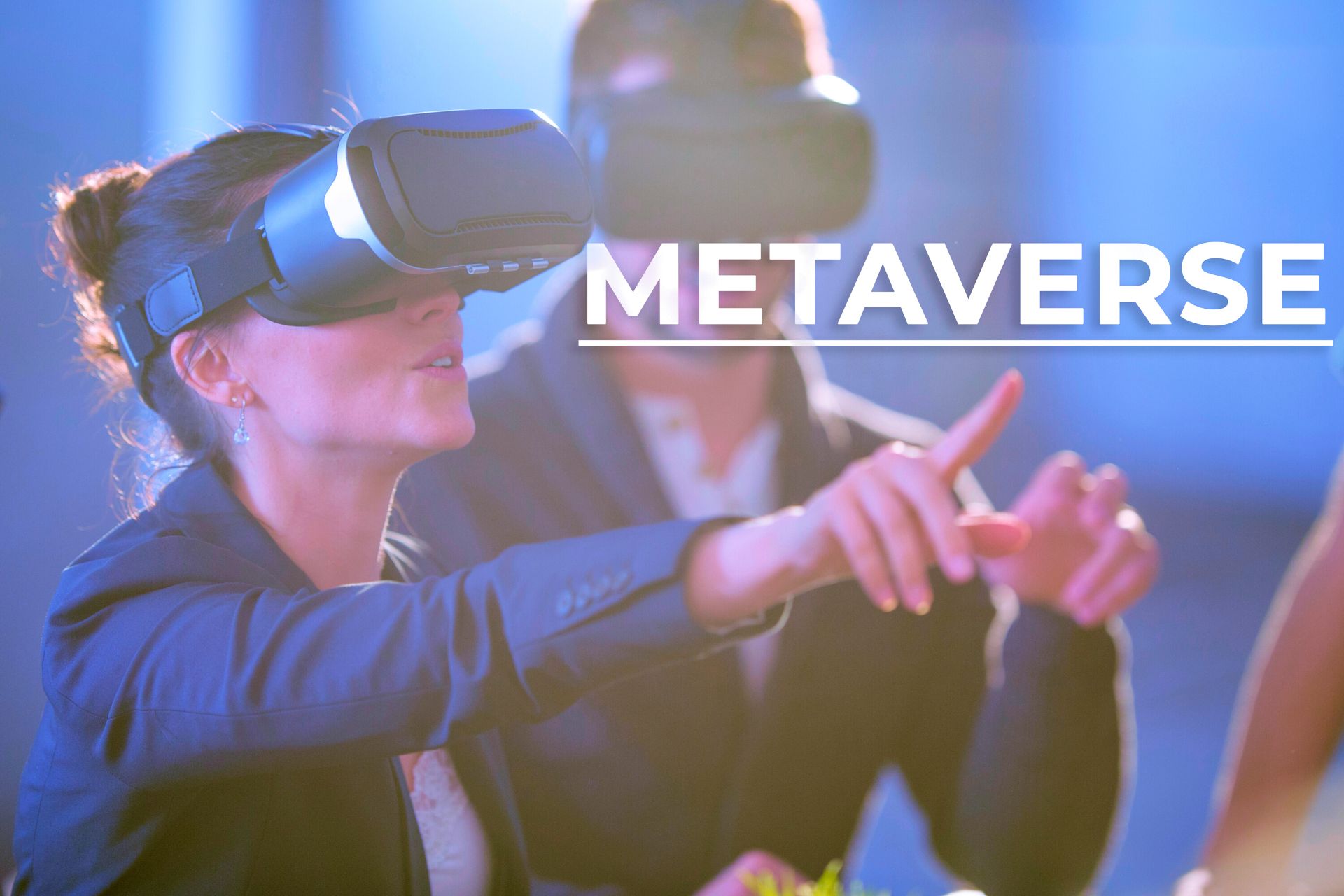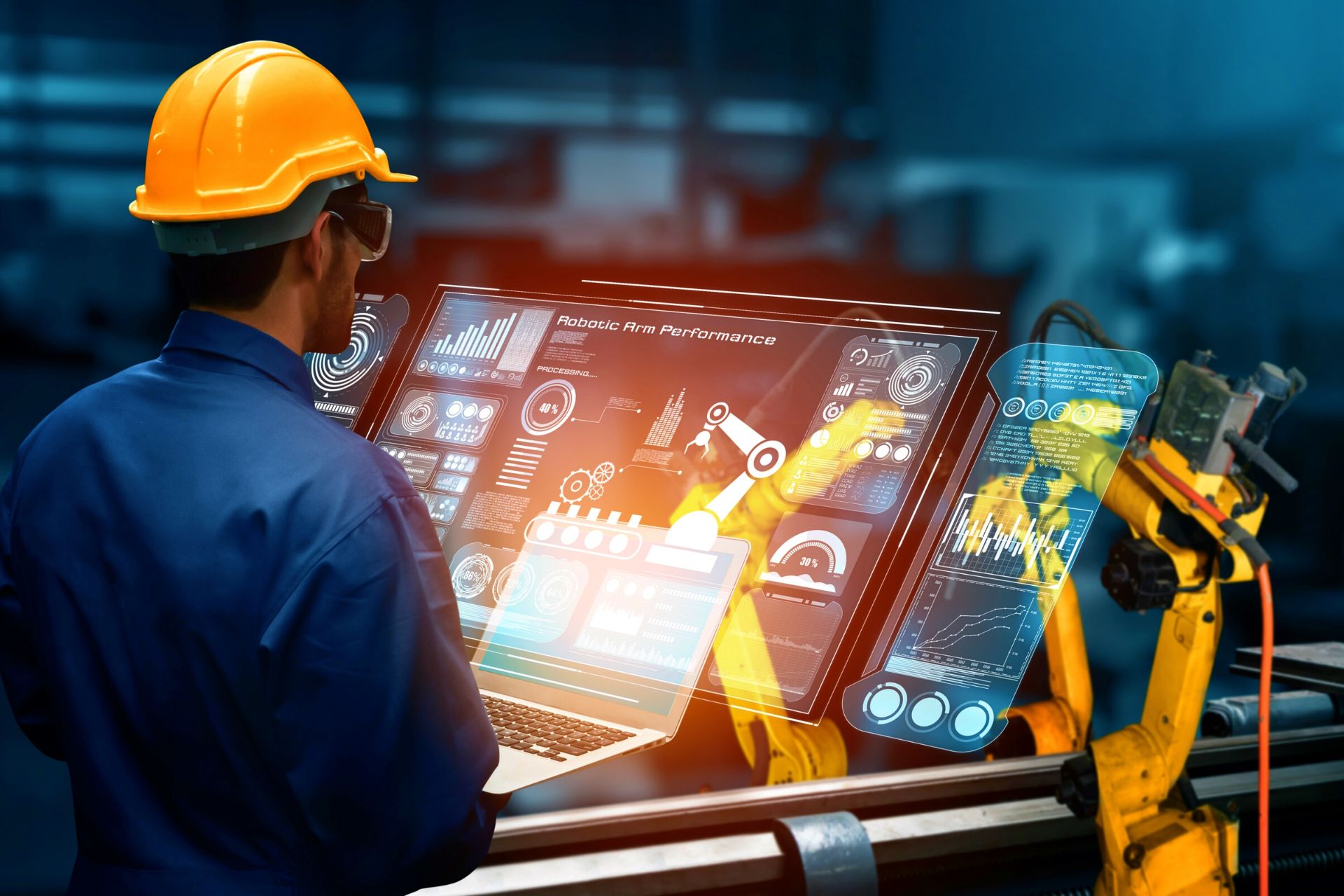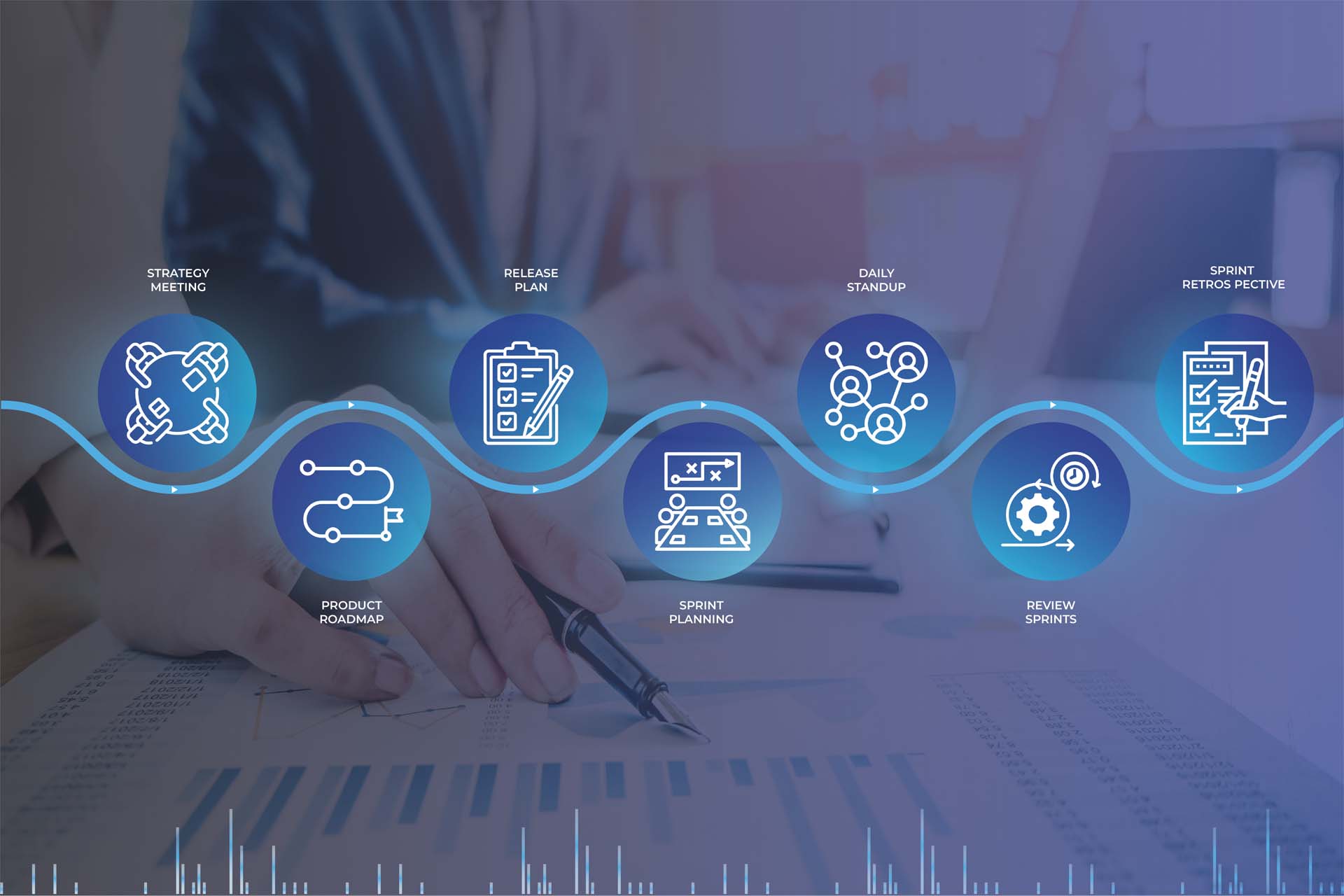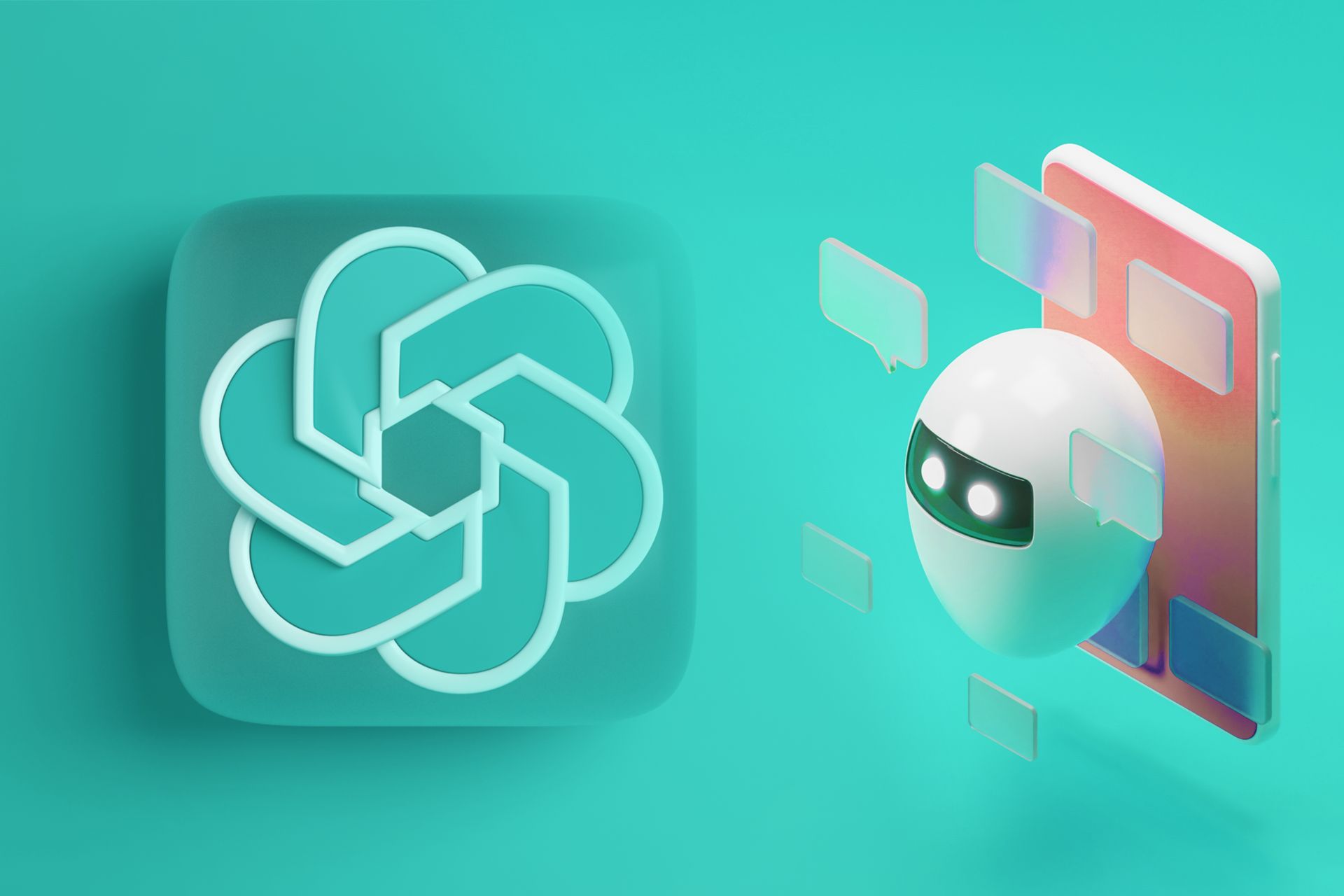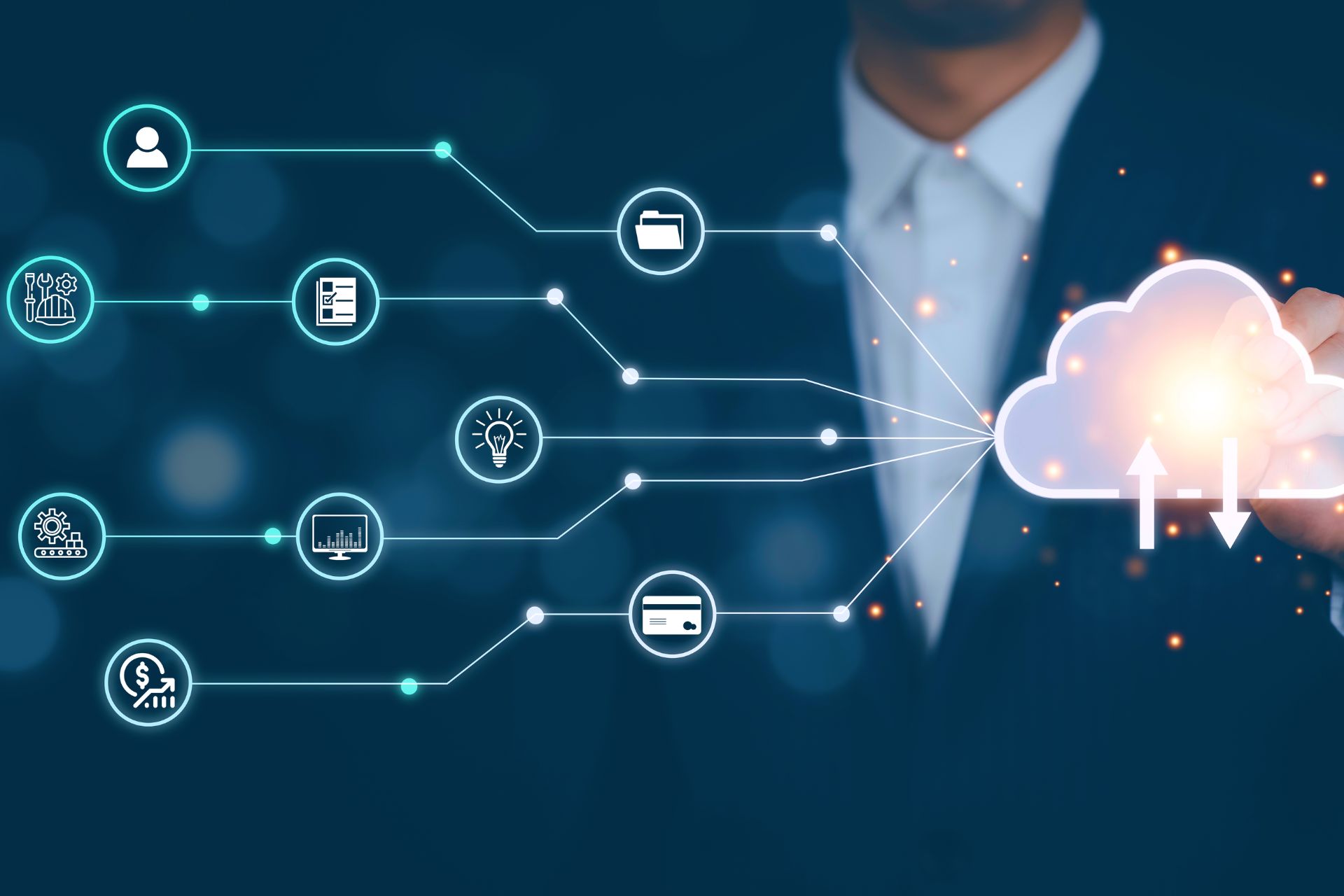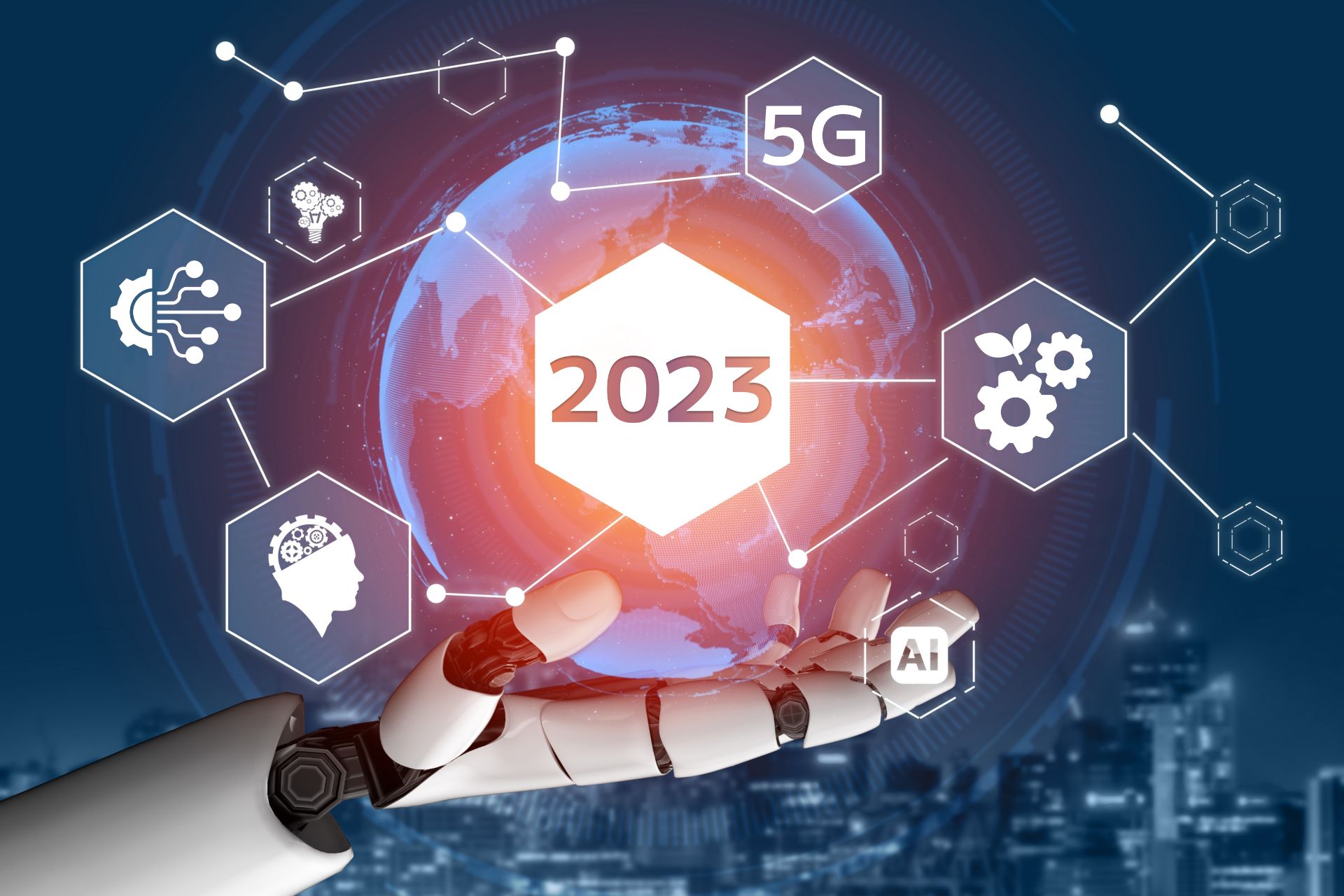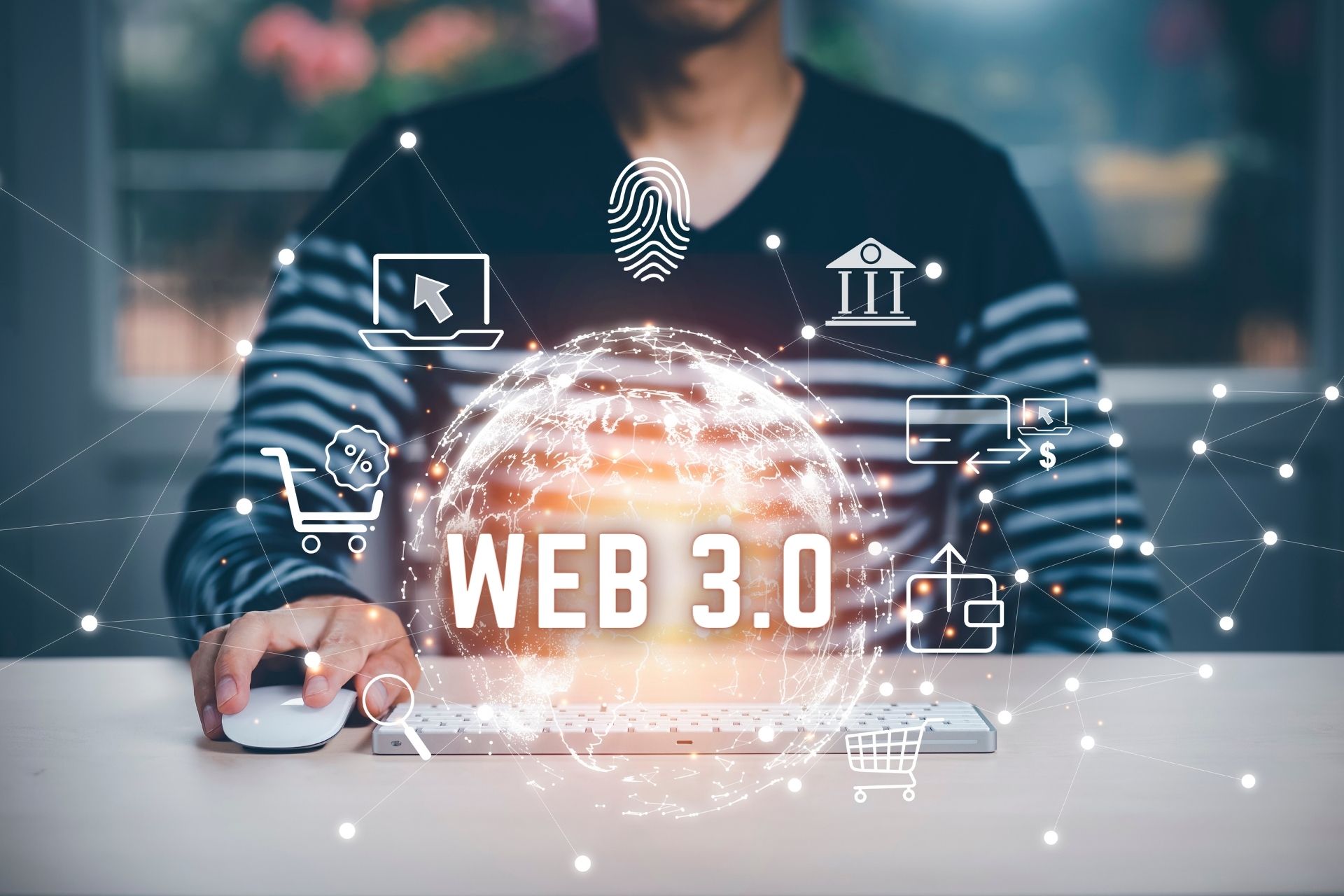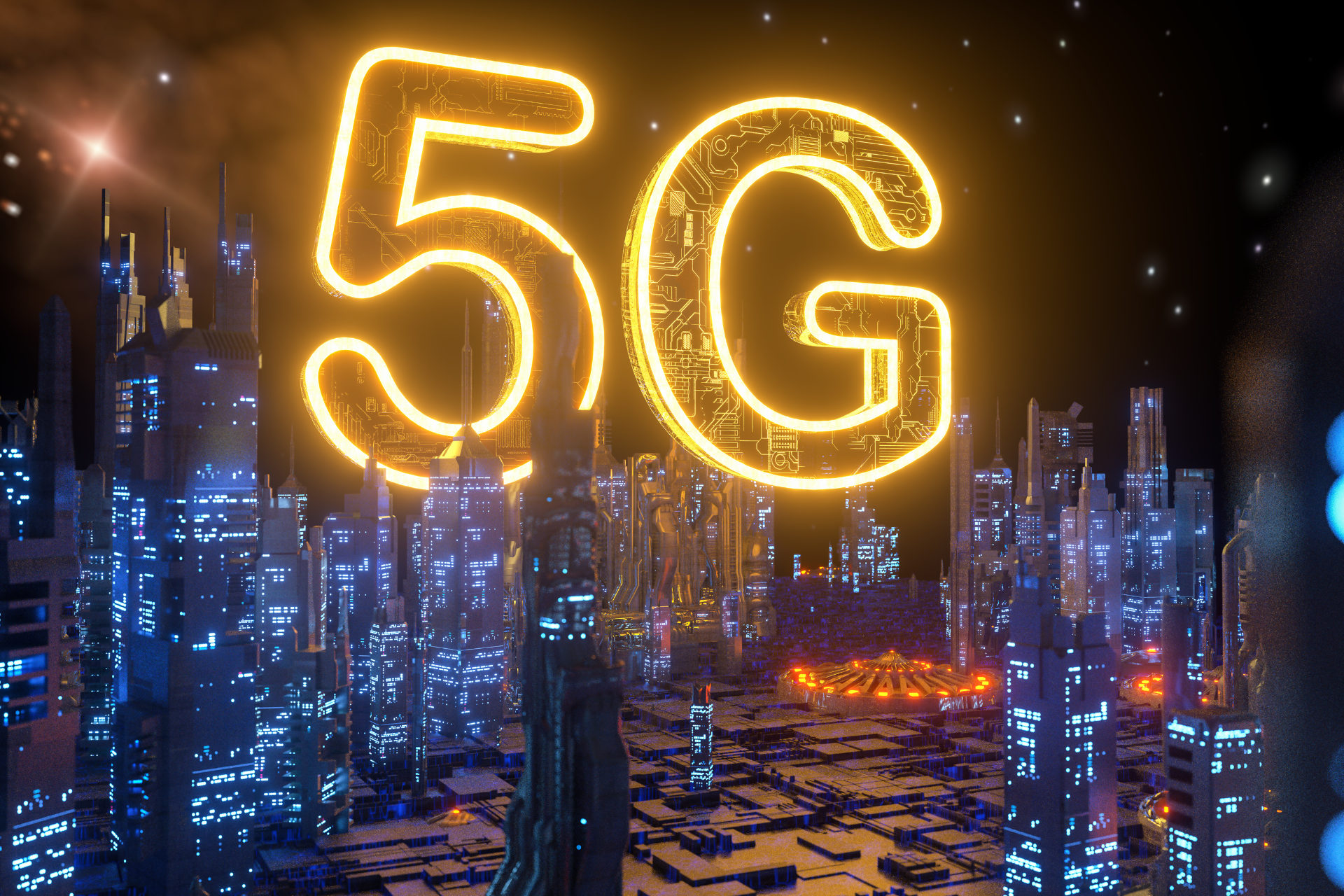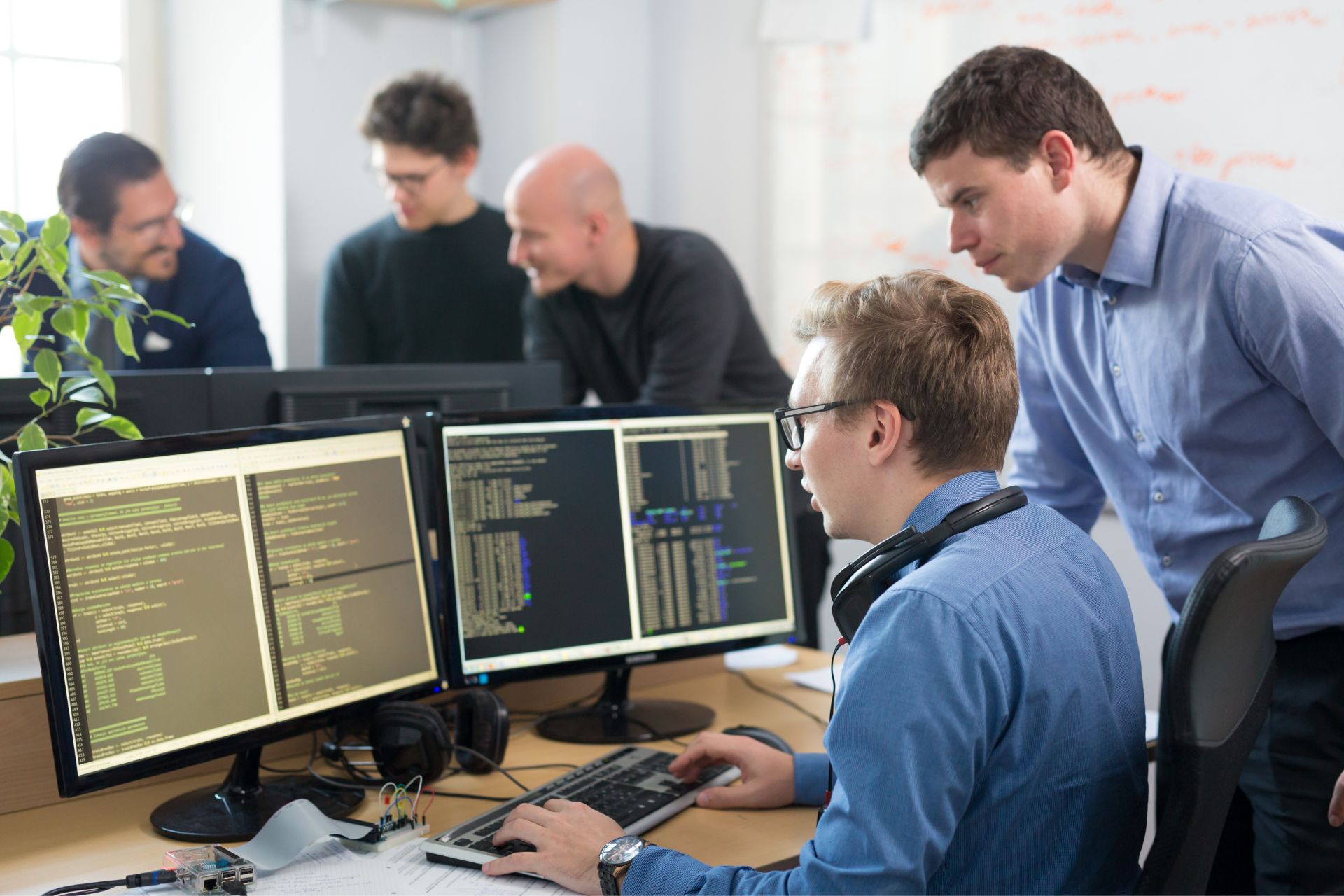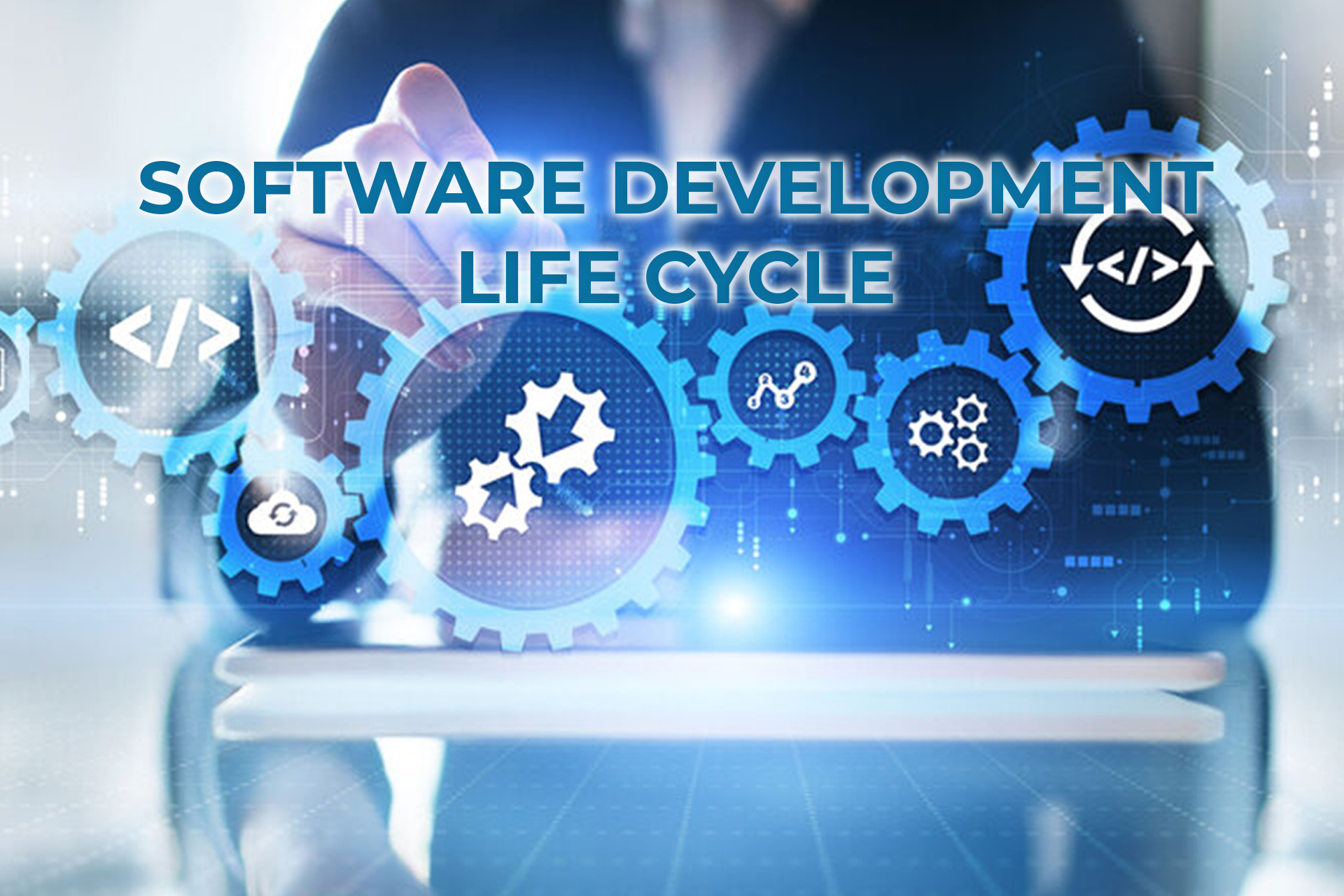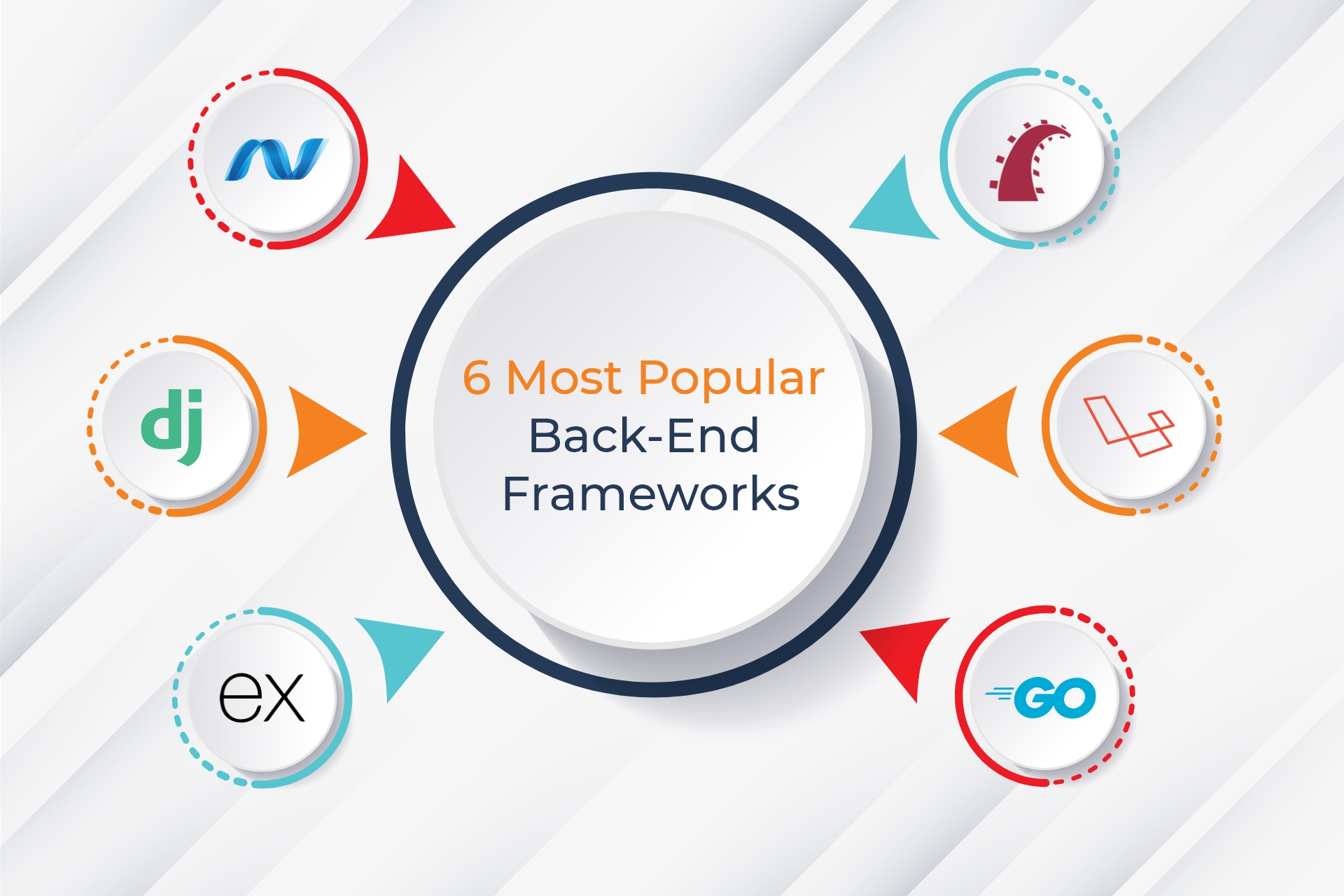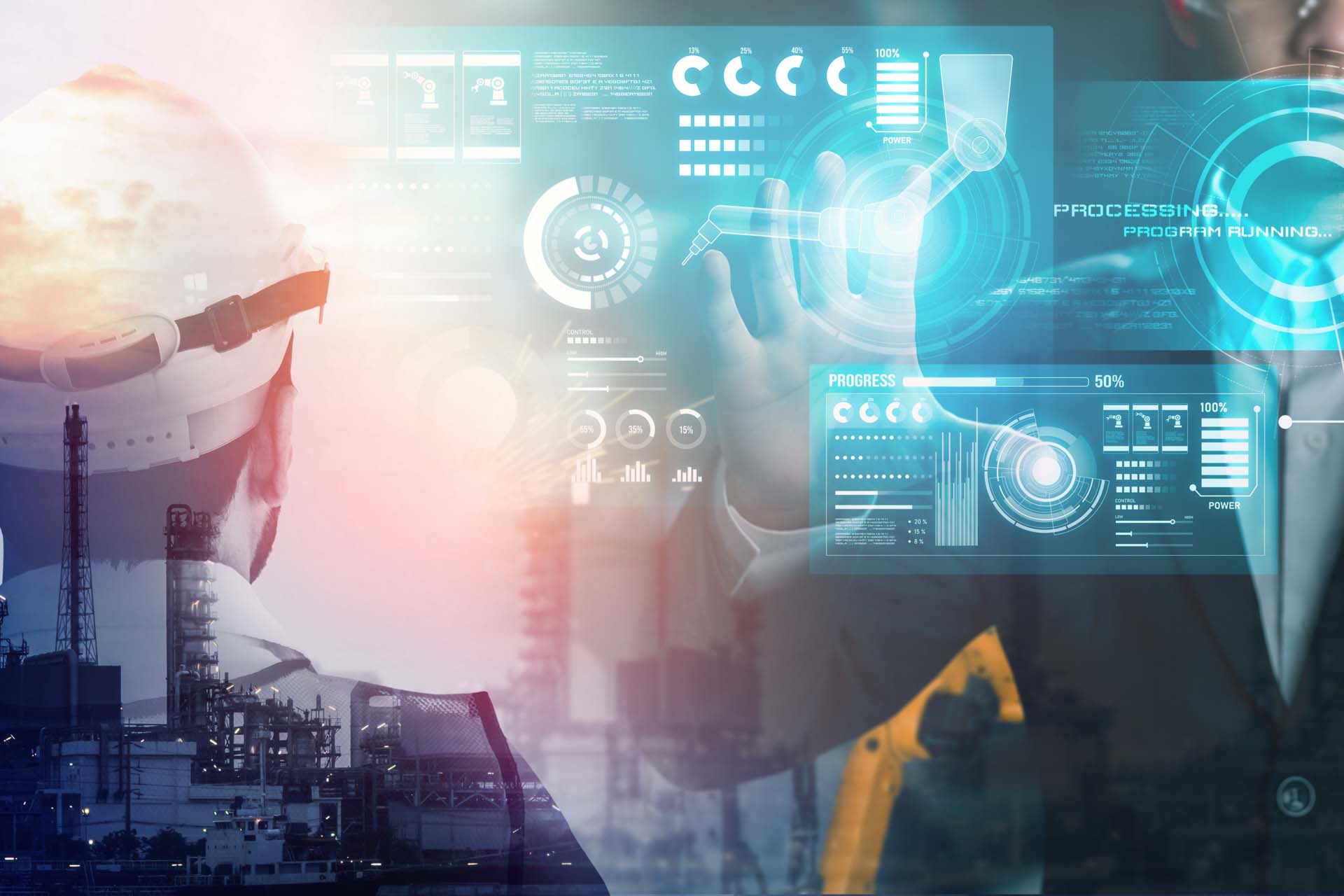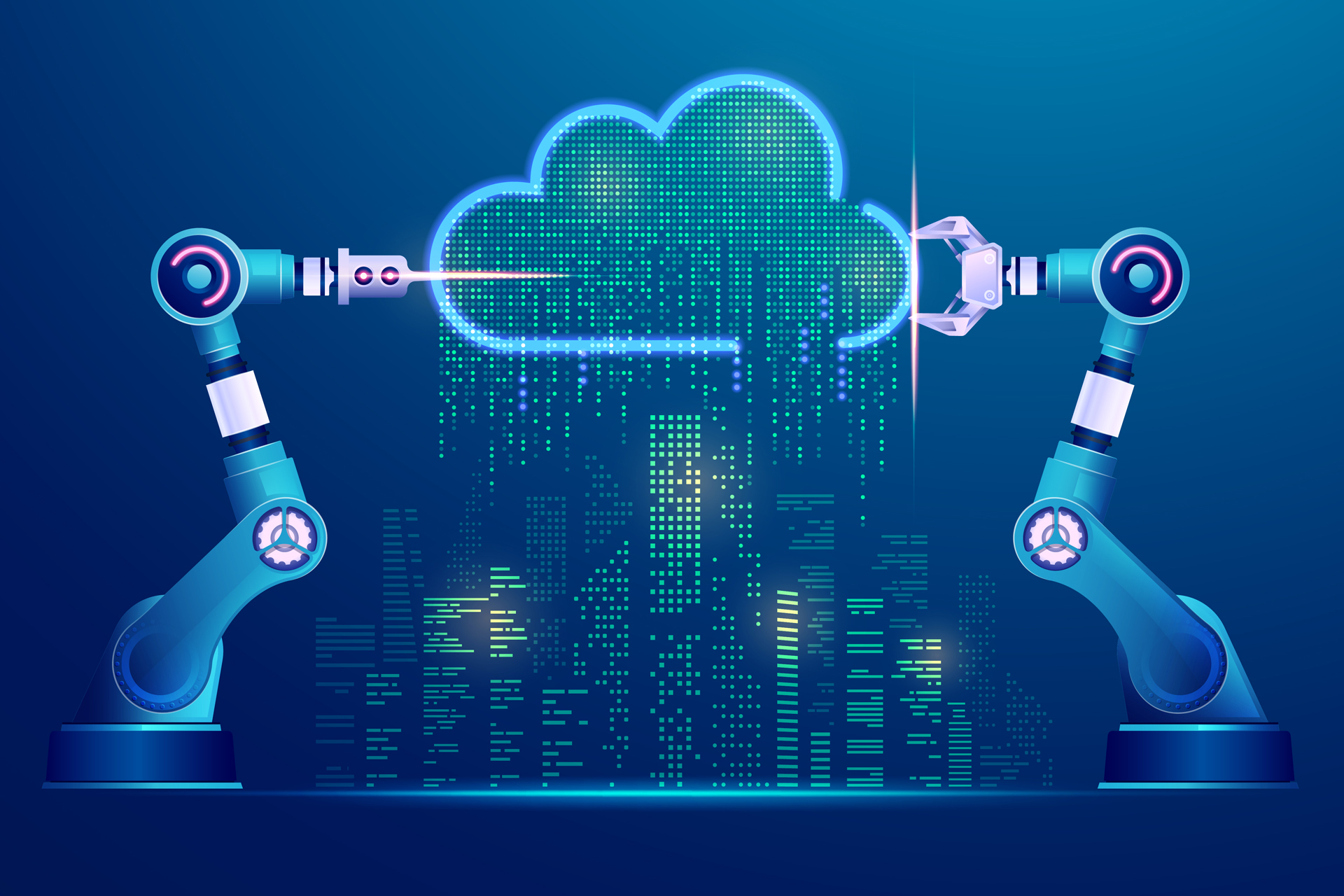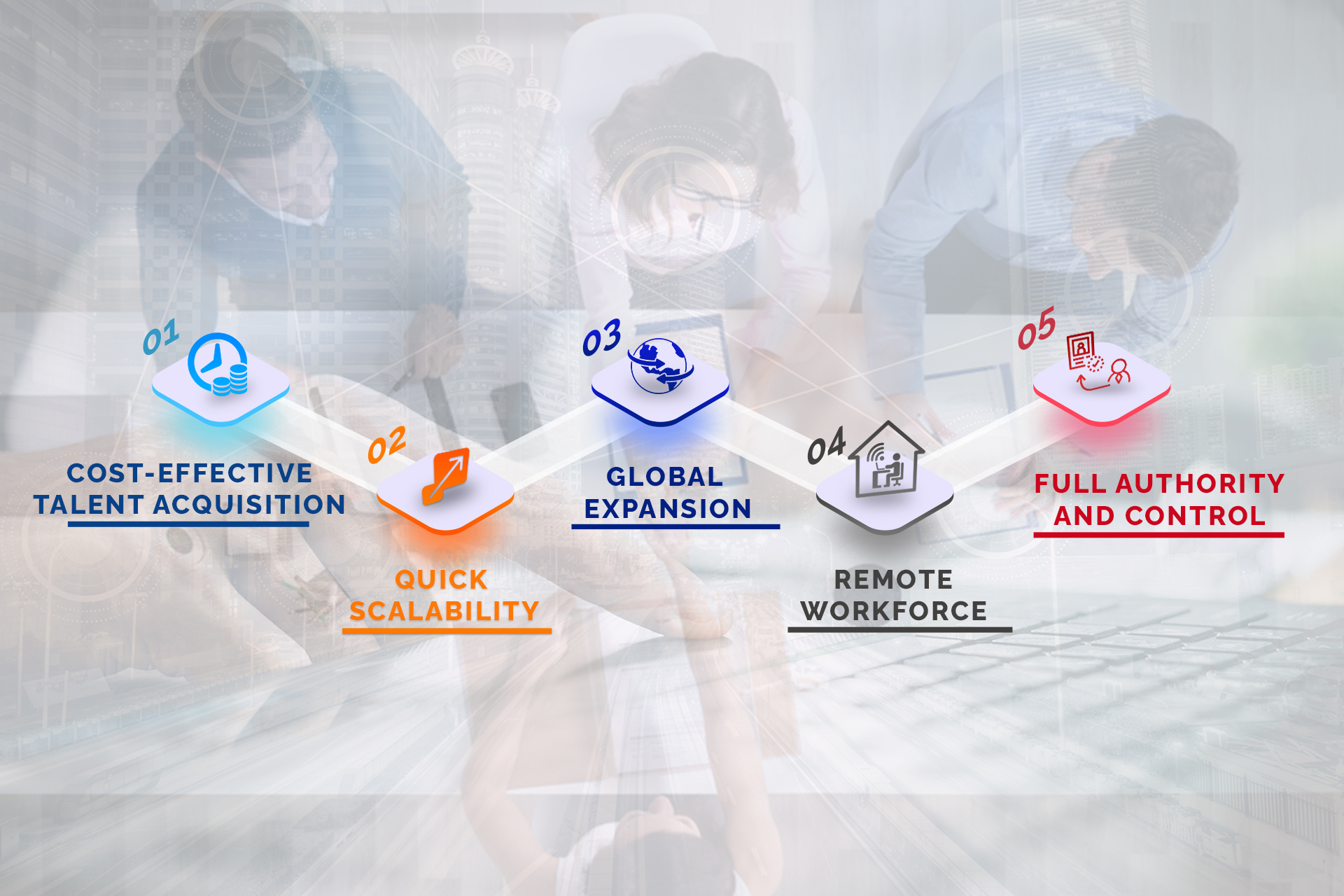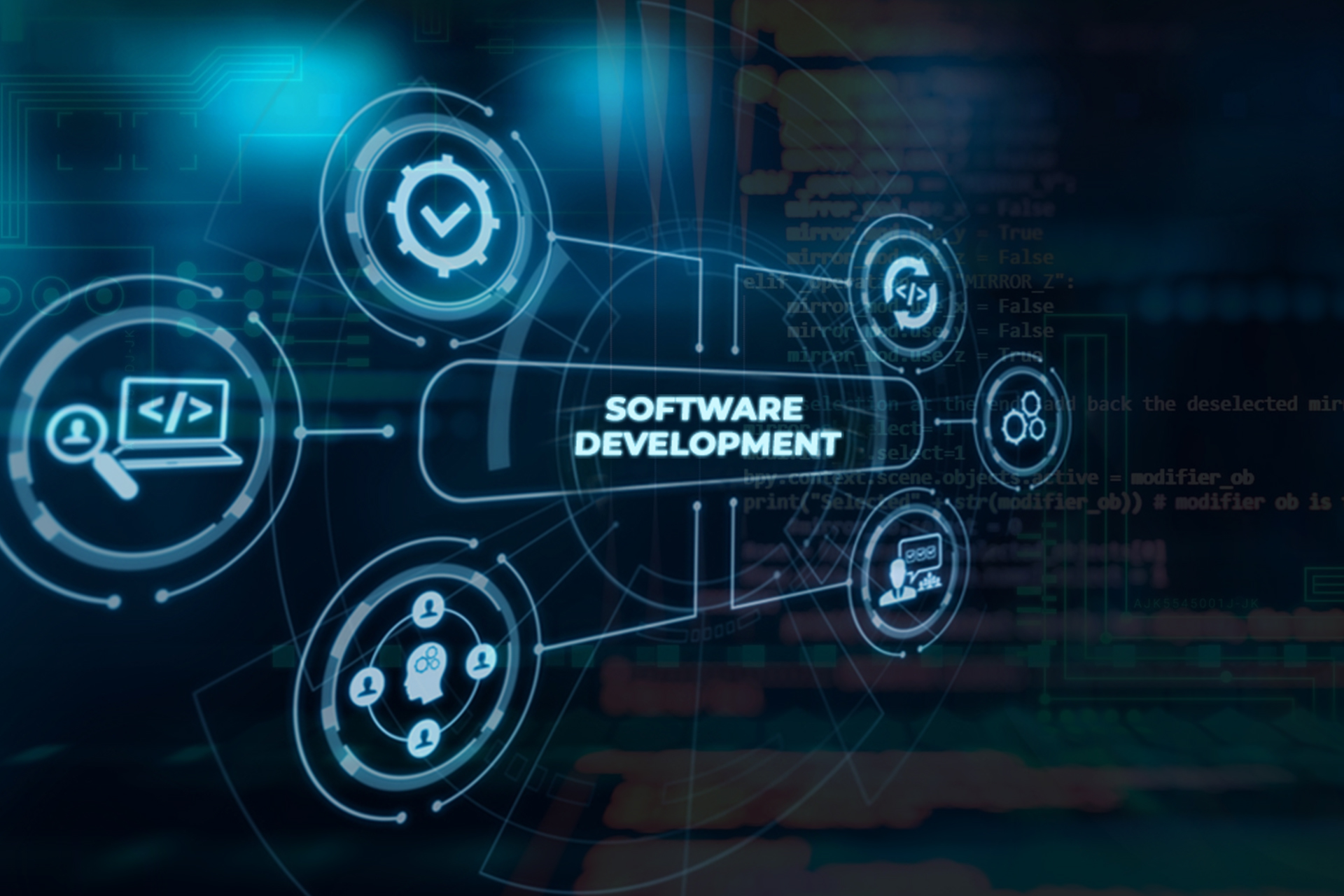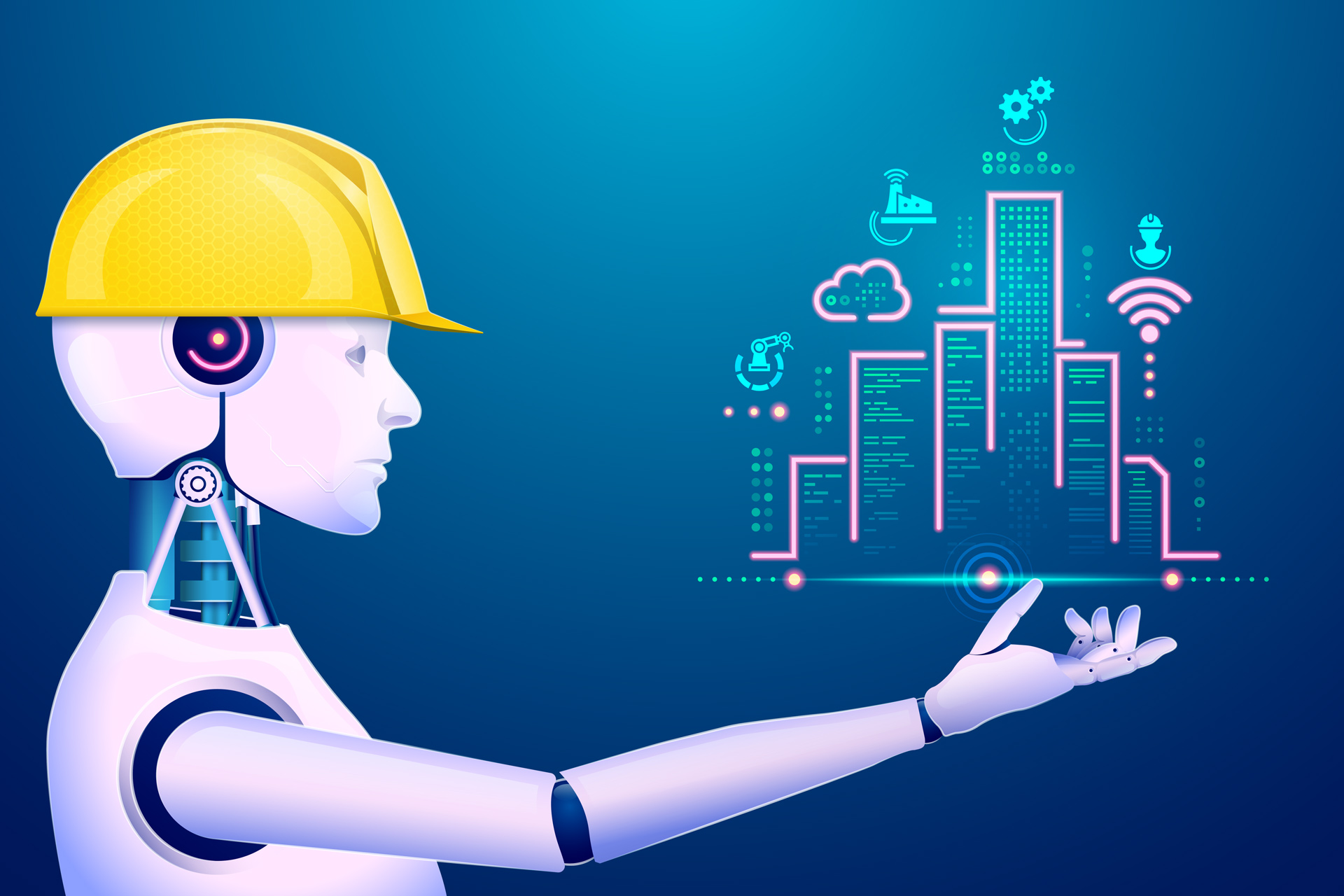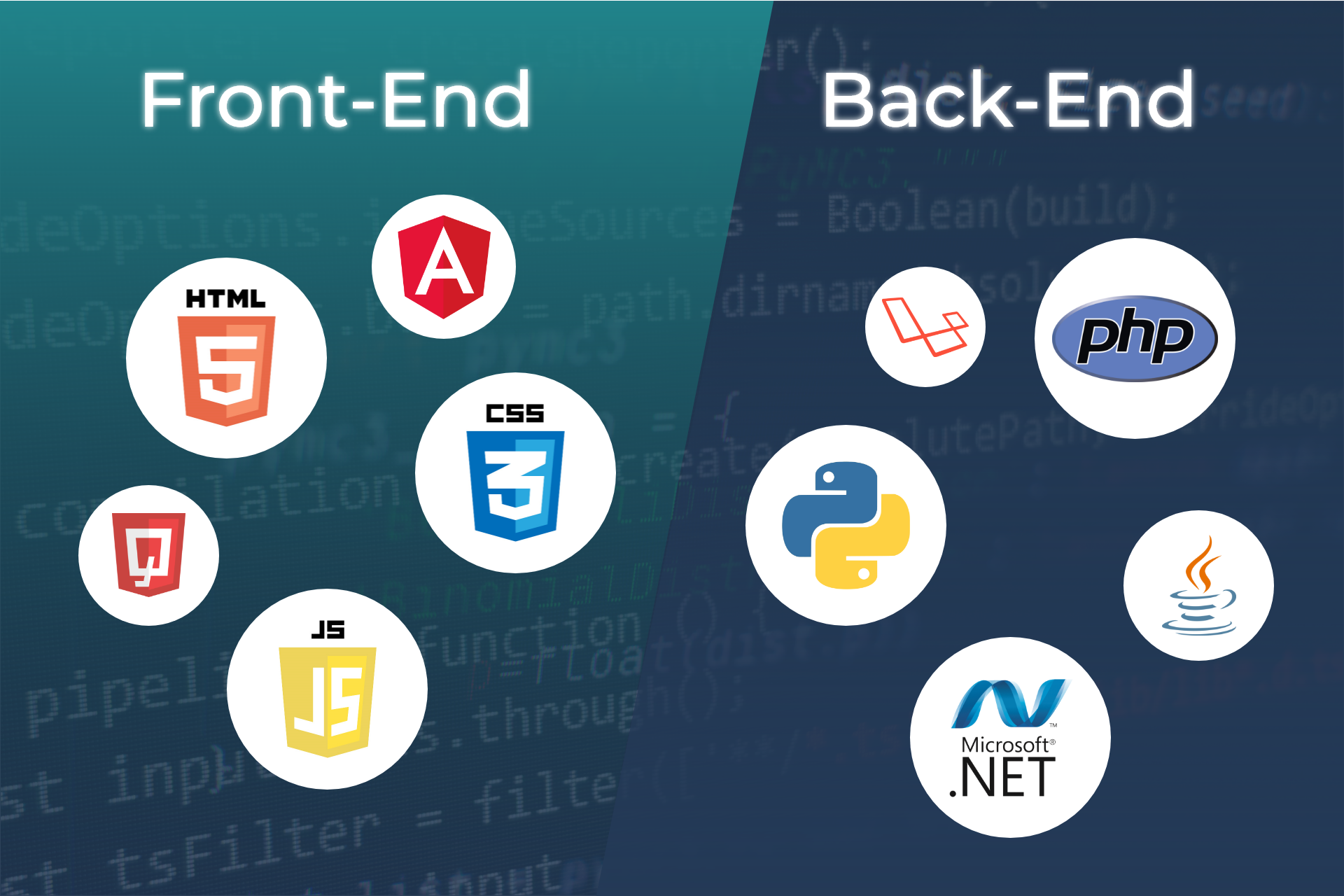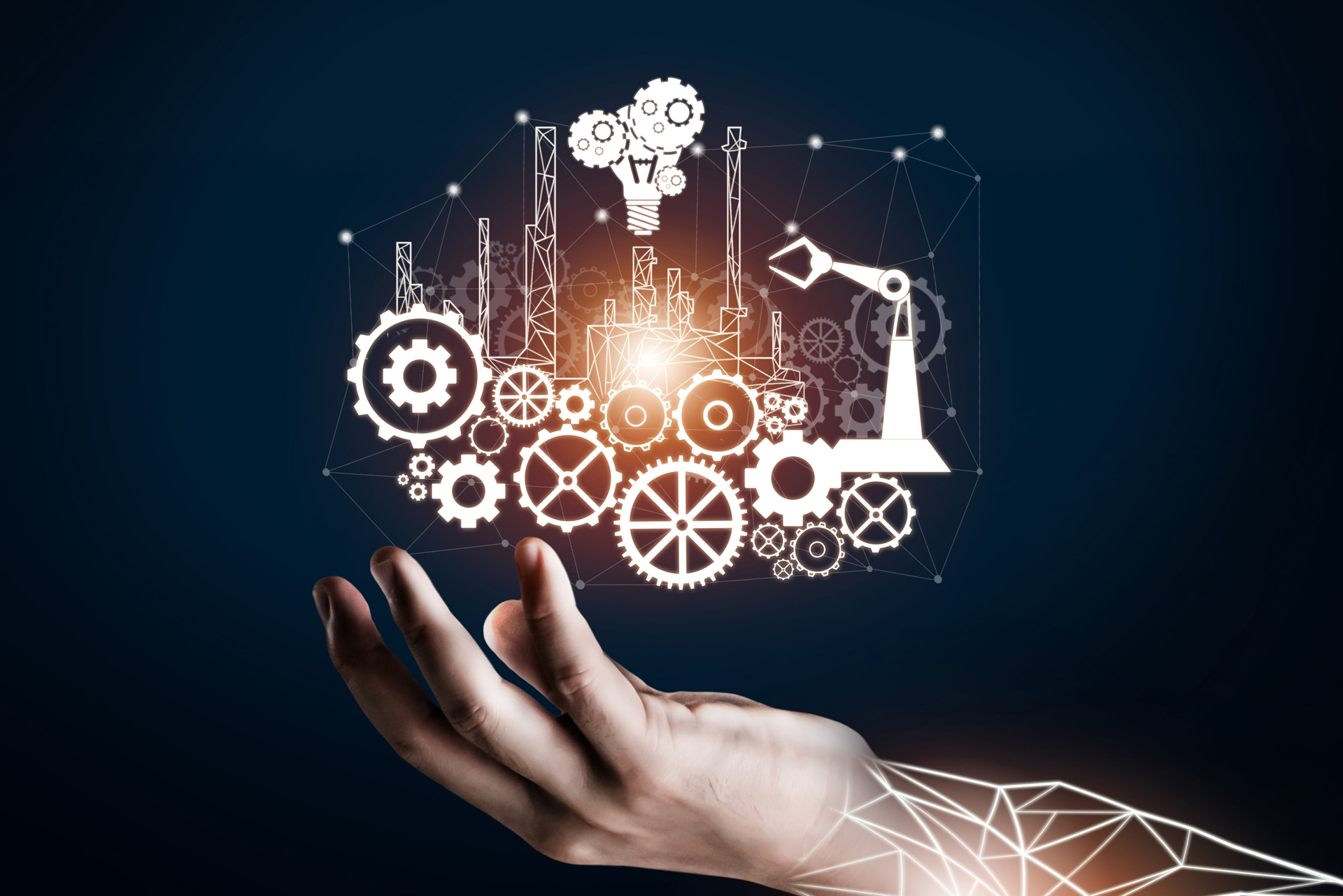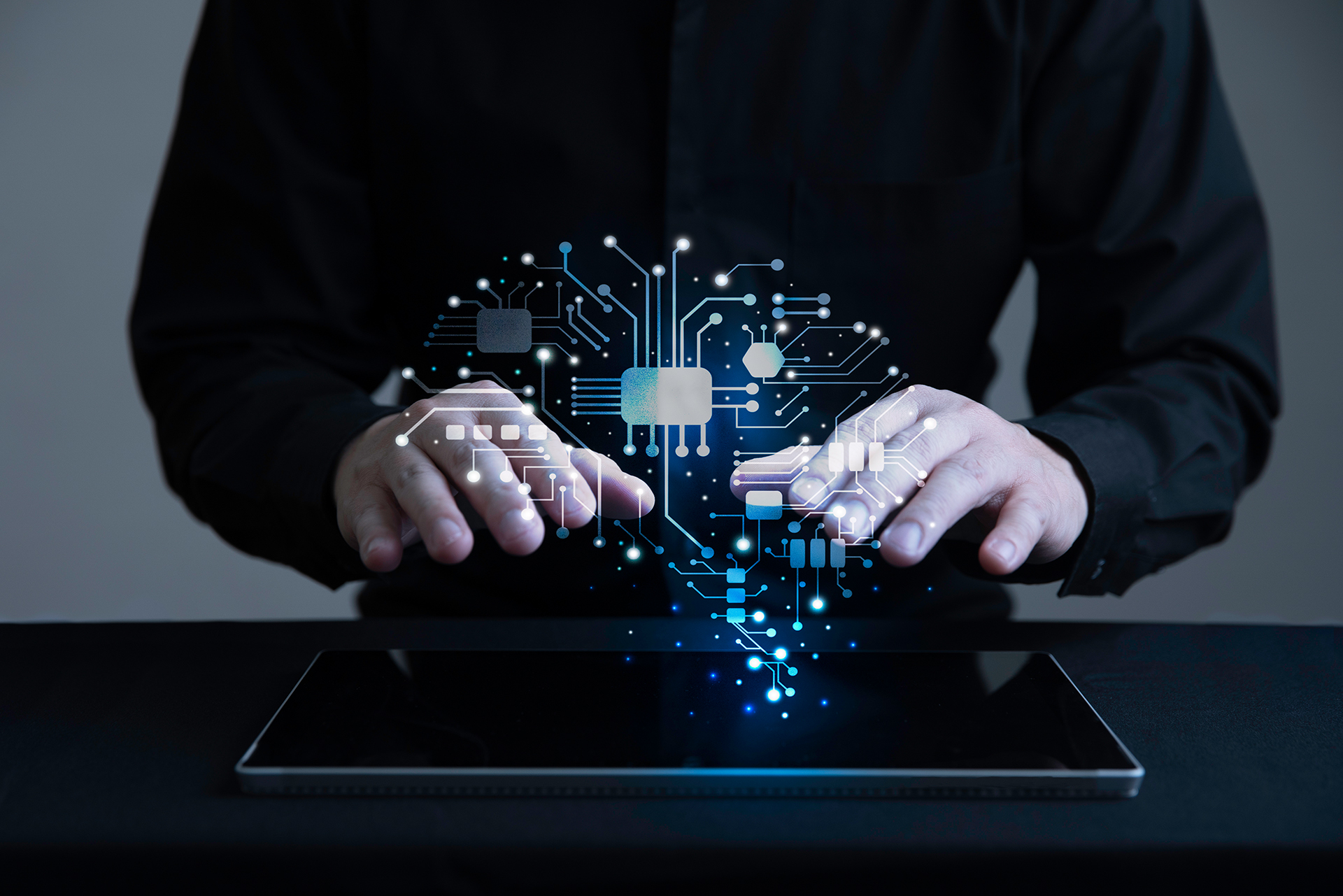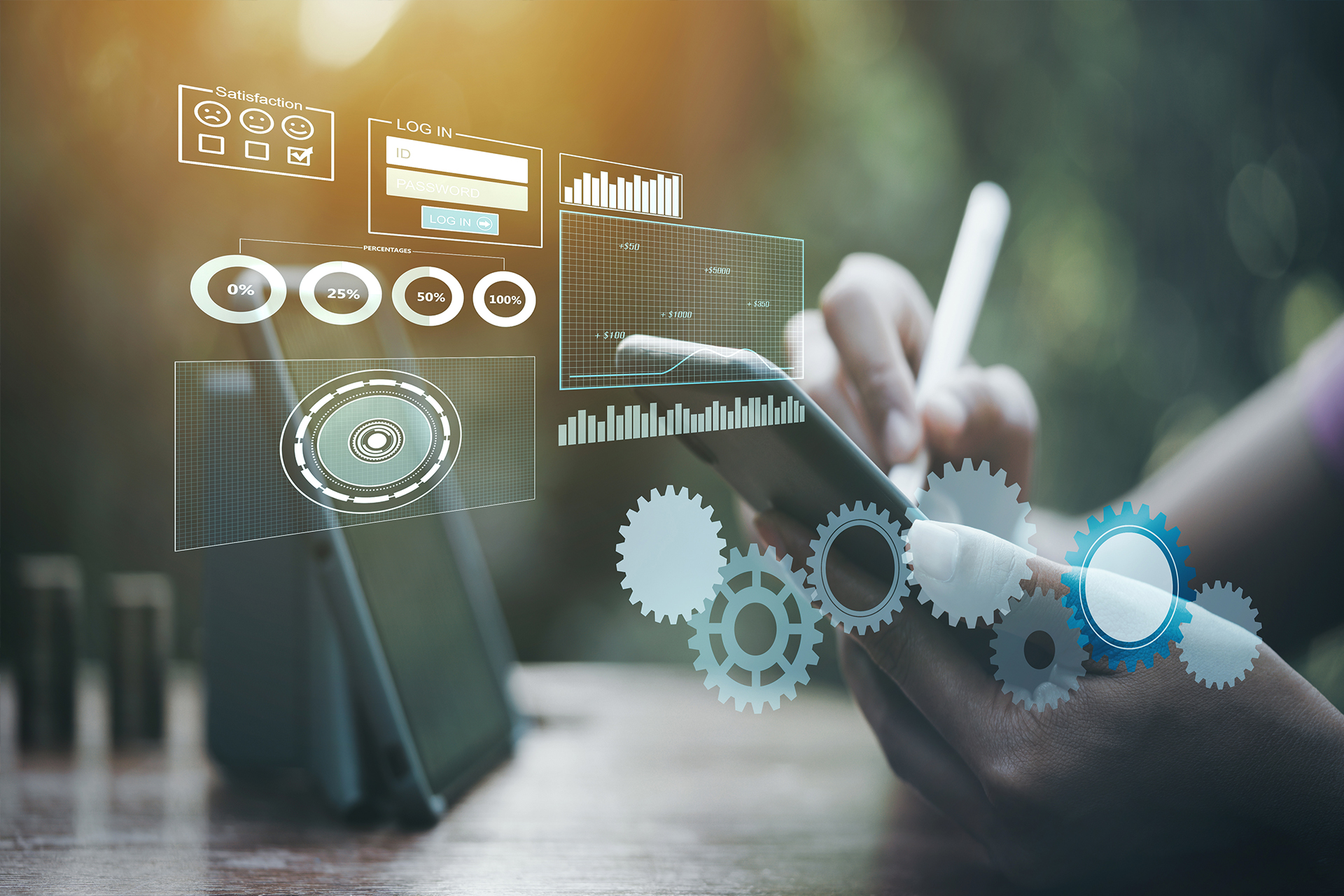
Artificial Intelligence in a nutshell, and how does it work
By Admin
A decade ago, would you have imagined a world where machines can do thinking and reasoning almost like humans, a world where computers can perform tasks that were once considered to be only possible by us? Well, it is a reality today! AI is revolutionising the way we live and work.
As we navigate the rapidly advancing technological landscape, it has become increasingly important to understand the basics of AI and how it works. We must equip ourselves with the necessary knowledge to harness its full potential.
Thus in this blog, we are going to dive deeply into the concept of AI, how it works, and what it means for our future. We will break down complex ideas into simple and easy-to-understand concepts, so even if you're a beginner in the field, you'll be able to follow along. Get ready to be amazed as we explore the power of machine learning, deep learning, and neural networks, and see how they're changing our world.
What is Artificial Intelligence?
Some consider robots AI; some consider their phones powered by artificial intelligence. Thus, before diving into the technicalities of AI, let's get a brief understanding of what artificial intelligence is.
Artificial Intelligence (AI) is a way of making computers intelligent, making computers capable of doing things that generally require human intelligence. For example, they recognise speech, understand natural language (without defined semantics or grammar), make biased and unbiased decisions, and solve other real-life problems.
Instead of being programmed explicitly for every task, AI systems use unique algorithms to learn from historic data and experiences it encounters to improve over the time and perform more complex tasks and process commands. AI aims to create machines that can think and work like humans but without getting tired, making mistakes, or experiencing emotions.
Thus AI can be used in any use case that requires human intelligence, from self-driving cars to virtual assistants, and it's becoming an increasingly important part of our daily lives with rapid advancements.
Branches under the umbrella of AI
Artificial Intelligence, or AI as we call it, is a broad spectrum which comprises several sub-disciplines. Each sub-discipline is developed and defined to have its specific focus, technology, and application areas. All these sub-disciplines work in sync depending on the larger vision and use cases to provide us with the benefits of AI. Let’s quickly understand the primary branches of AI:
1. Machine Learning
Machine learning is one of the oldest branches of AI that focuses on building models that can learn from data. Machine learning algorithms can identify patterns and make predictions based on that data without being explicitly programmed. There are several different types of machine learning algorithms, including Supervised Learning, Unsupervised Learning, Semi-Supervised Learning, and Reinforcement Learning.
2. Deep Learning
Deep Learning is an advanced mode of machine learning. Deep Learning uses artificial neural networks with multiple data layers which mimic biological neural networks and patterns in the human brain to process information. This model uses the output of one data layer as input to the succeeding data layer to find connections between the data points and come up with inferences or results based on positive and negative reinforcement, just like a human brain but at a lower scale.
3. Natural Language Processing (NLP)
Natural language processing is a branch of AI that focuses on enabling computers to understand, interpret, and generate human-like language. This means communication that only follows or interprets some of the defined semantics and grammar. This includes speech recognition, text classification, machine translation, and sentiment analysis.
4. Computer Vision
Computer vision is a branch of AI that enables computers to understand and interpret visual information from the world, such as images and videos. This includes tasks such as image classification, object detection, image segmentation, and image generation. Computer vision is used in self-driving cars, facial recognition, and medical imaging analysis applications.
5. Artificial Neural Networks
Artificial neural networks, called neural networks, are AI models designed to replicate the biological neural network, which is a part of the human brain. An artificial neural network also consists of artificial neurons, i.e. Connected nodes. The strength of the connections between the neurons, called weights, determines how the neural network processes information. Neural networks can learn from data by adjusting the weights to minimise the difference between the output and the desired result.
The AI is already transforming many industries, from finance and logistics to manufacturing and construction, and its impact is expected to grow in the future. And hence, the future of artificial intelligence is fascinating, with boundless advancements and innovations happening at an extraordinary pace.
We already have a rich library of blogs with articles on how AI is revolutionising certain industries, the latest AI tools, and more. Do explore if the subject of AI excites you.
Some key areas AI is expected to impact significantly include robotics, autonomous vehicles, personalised medicine, and virtual reality.
The next few years will be a critical time for the development and deployment of AI, and we can expect to see many exciting advances and breakthroughs in this field. If you are interested in exploring how AI can help you transform your business, get in touch with us, and our experts will be happy to assist you.
Insights
Insights into
our World
A view of the ever-evolving digital world through our screens

